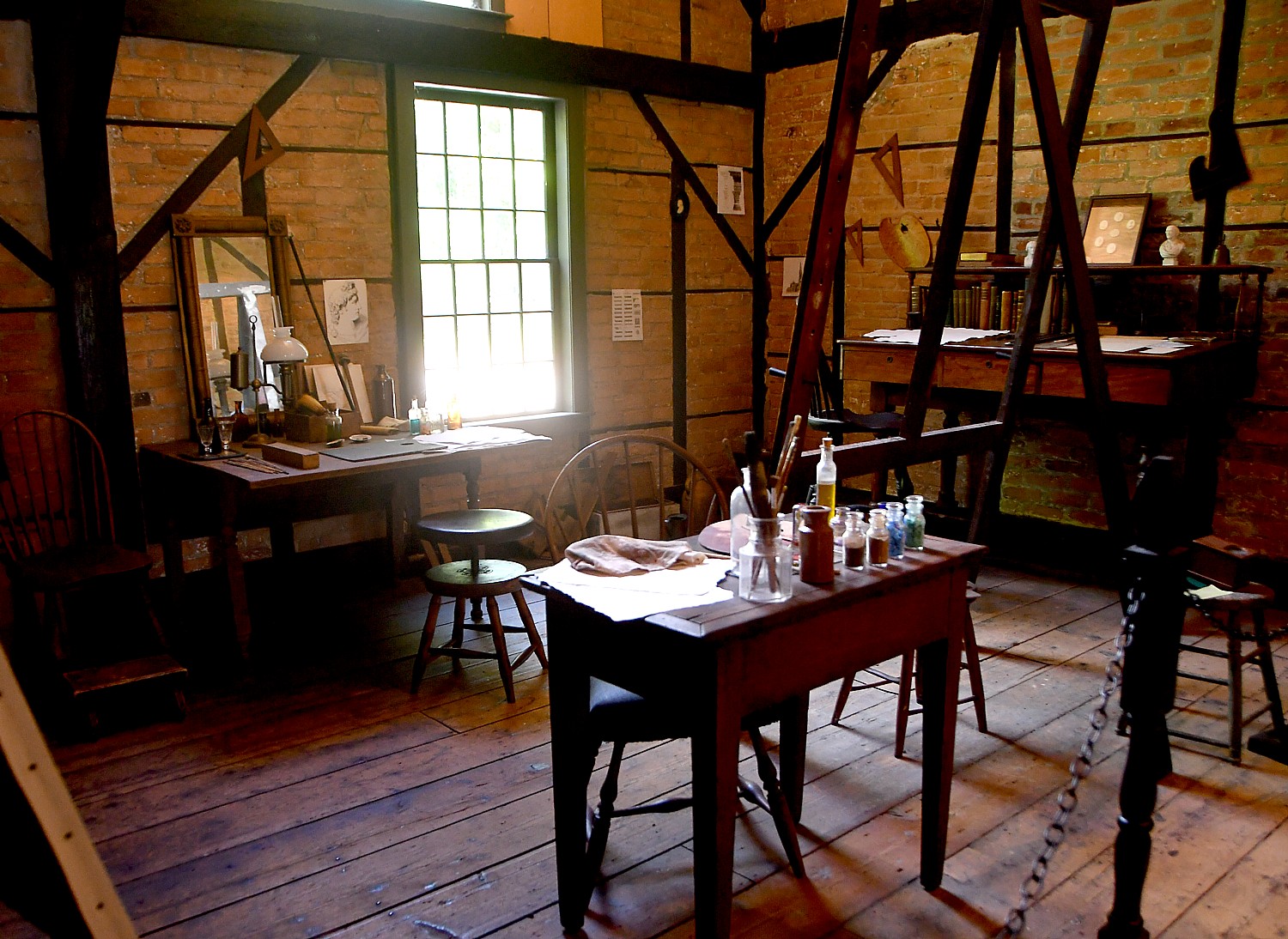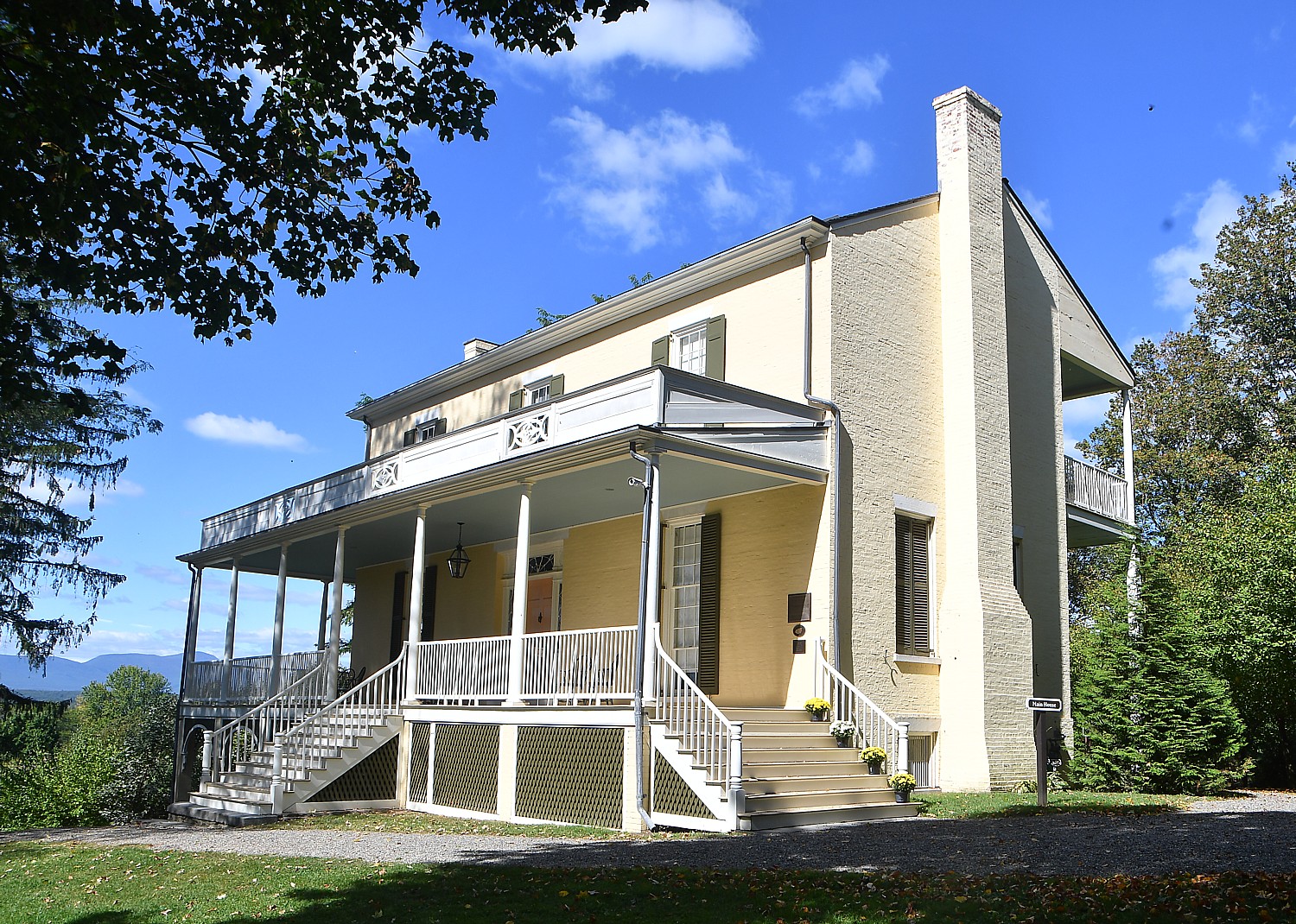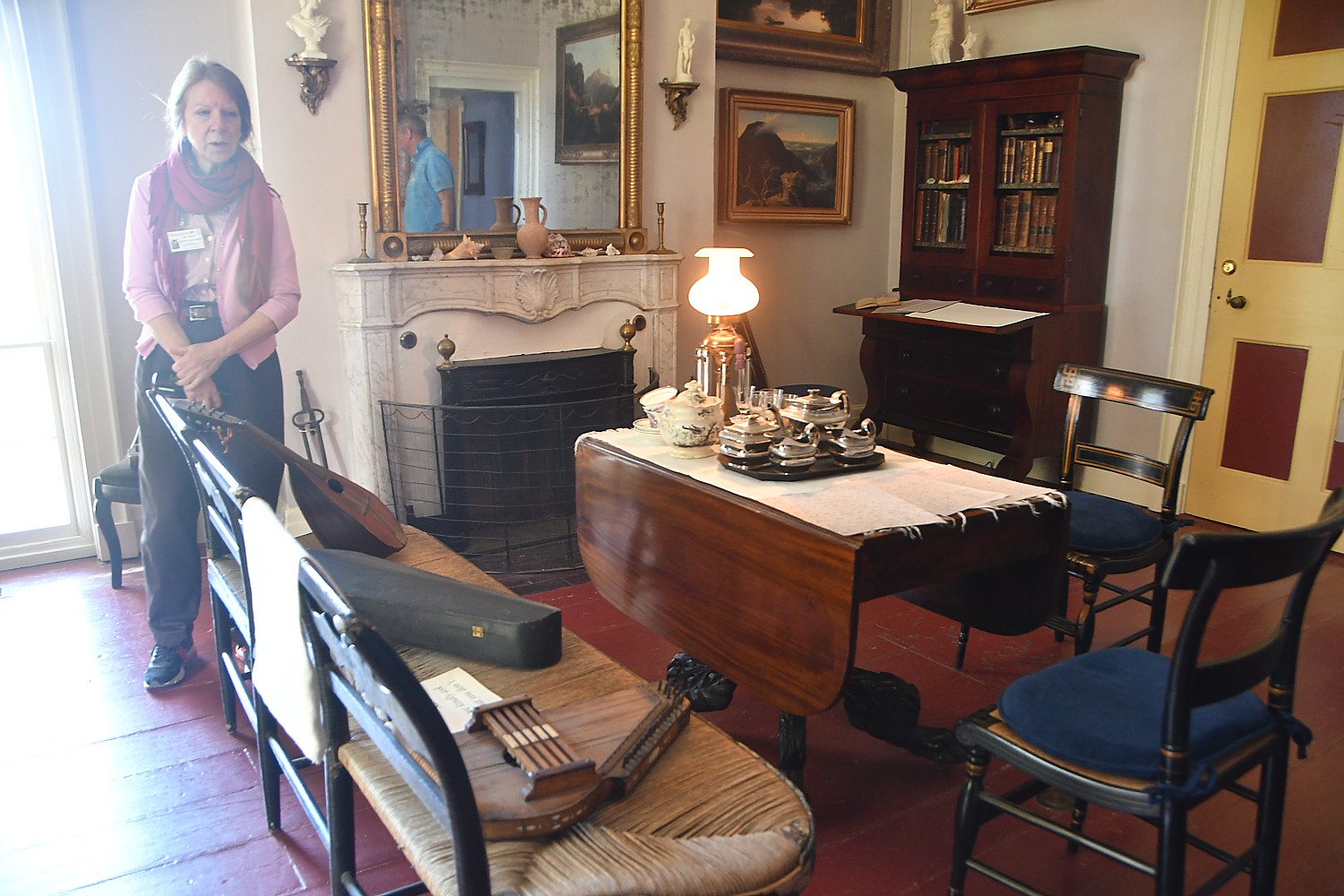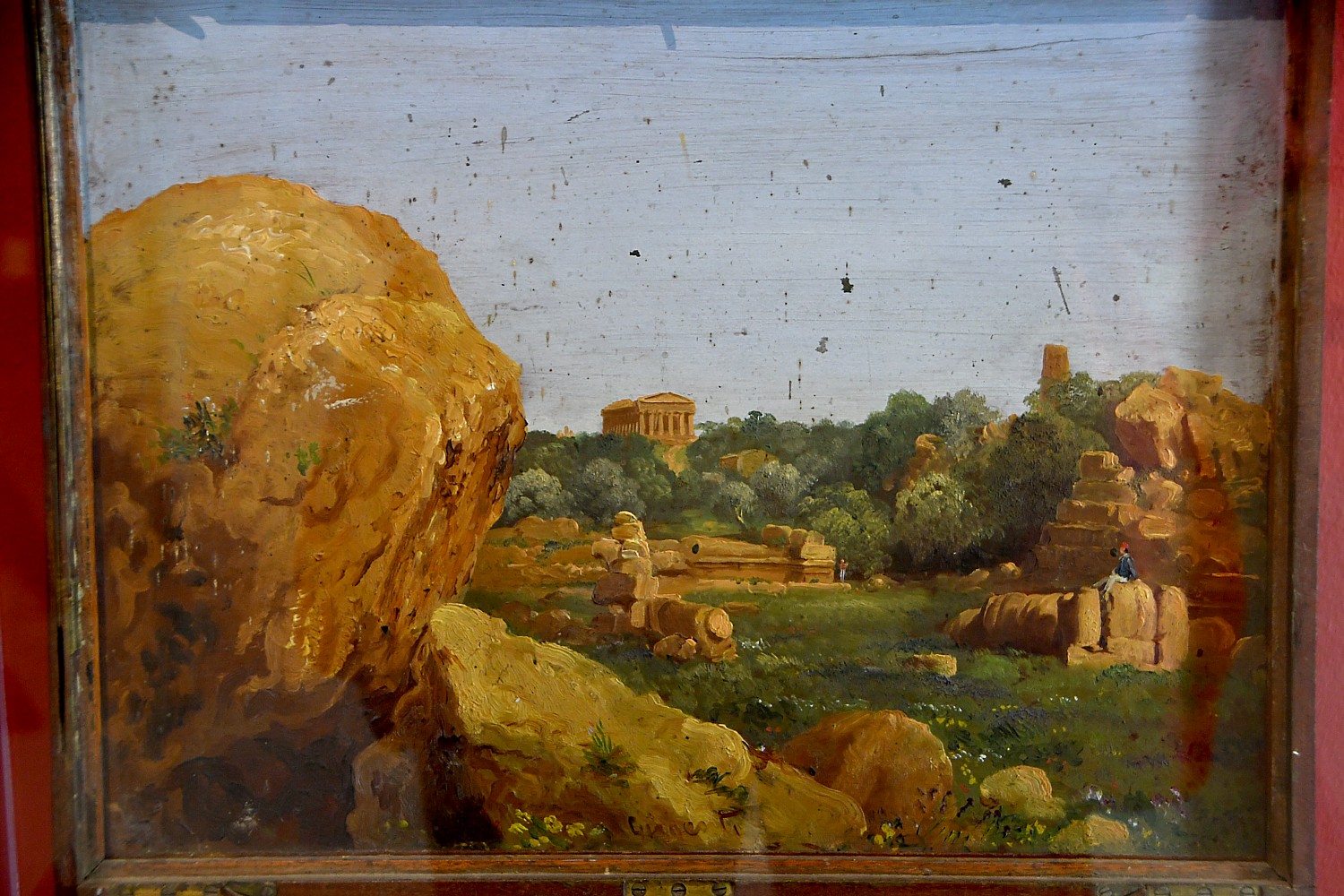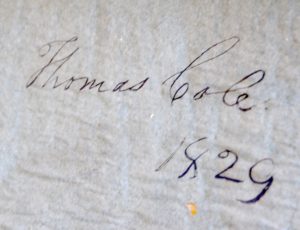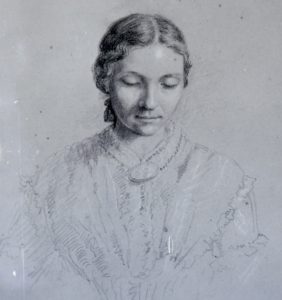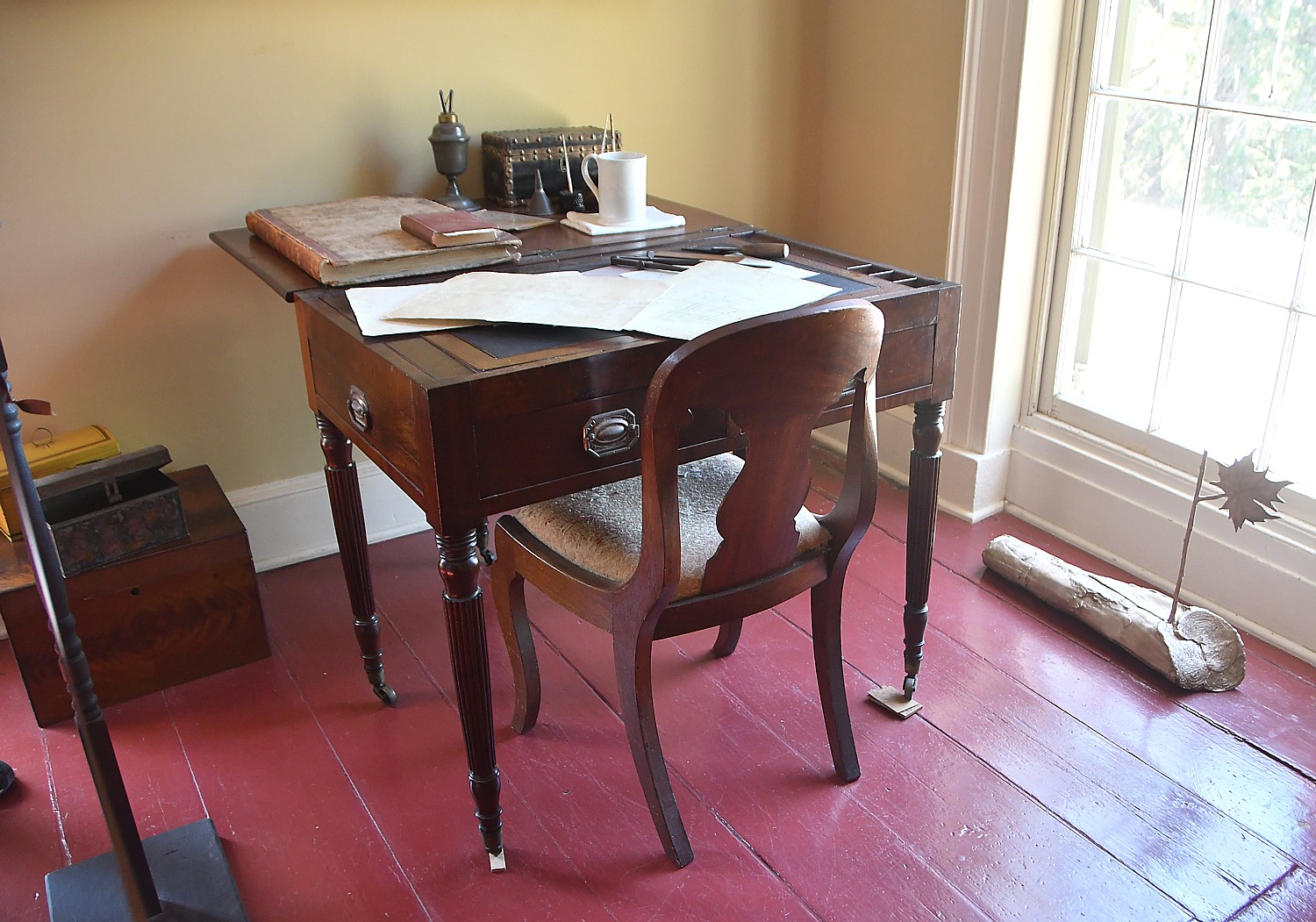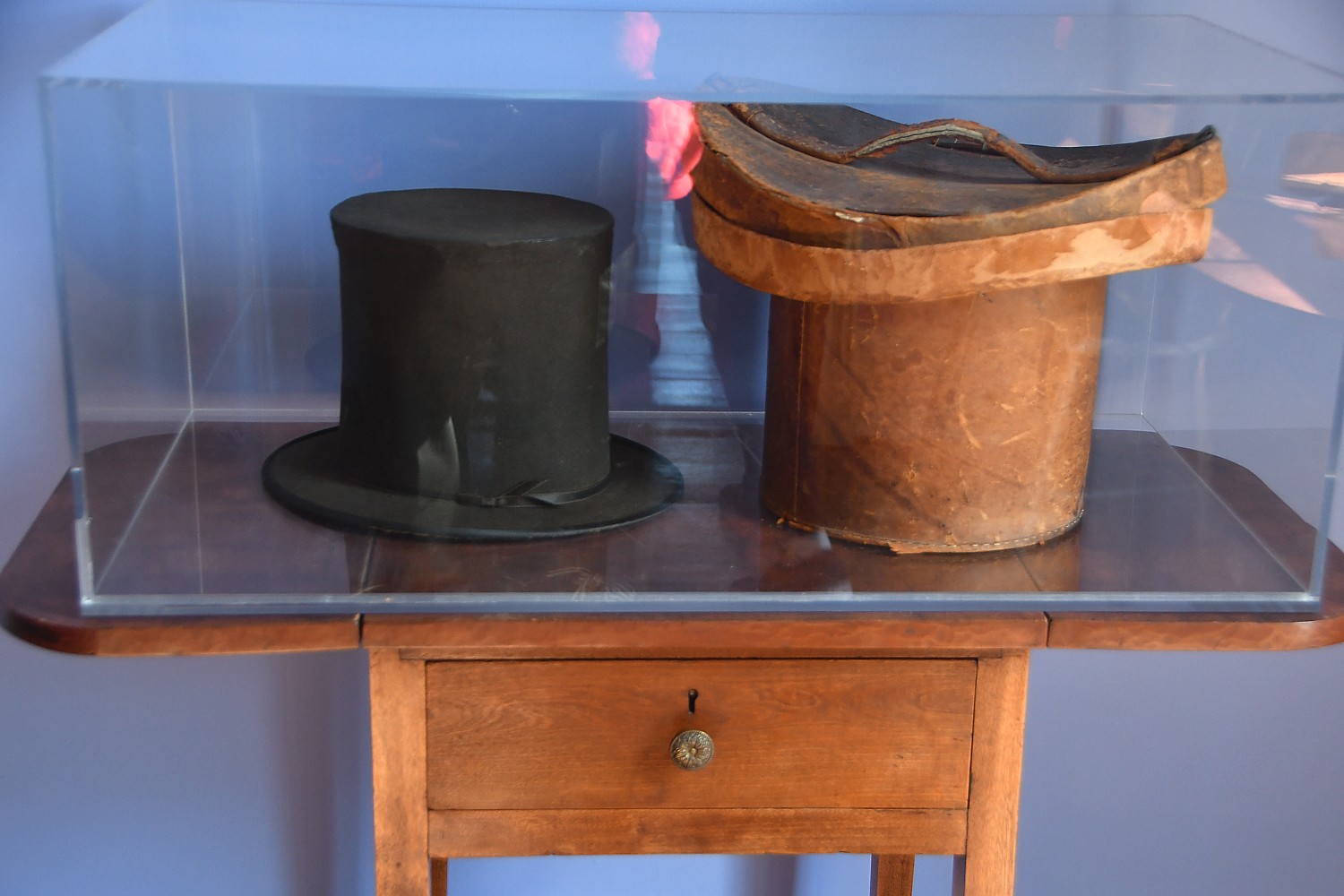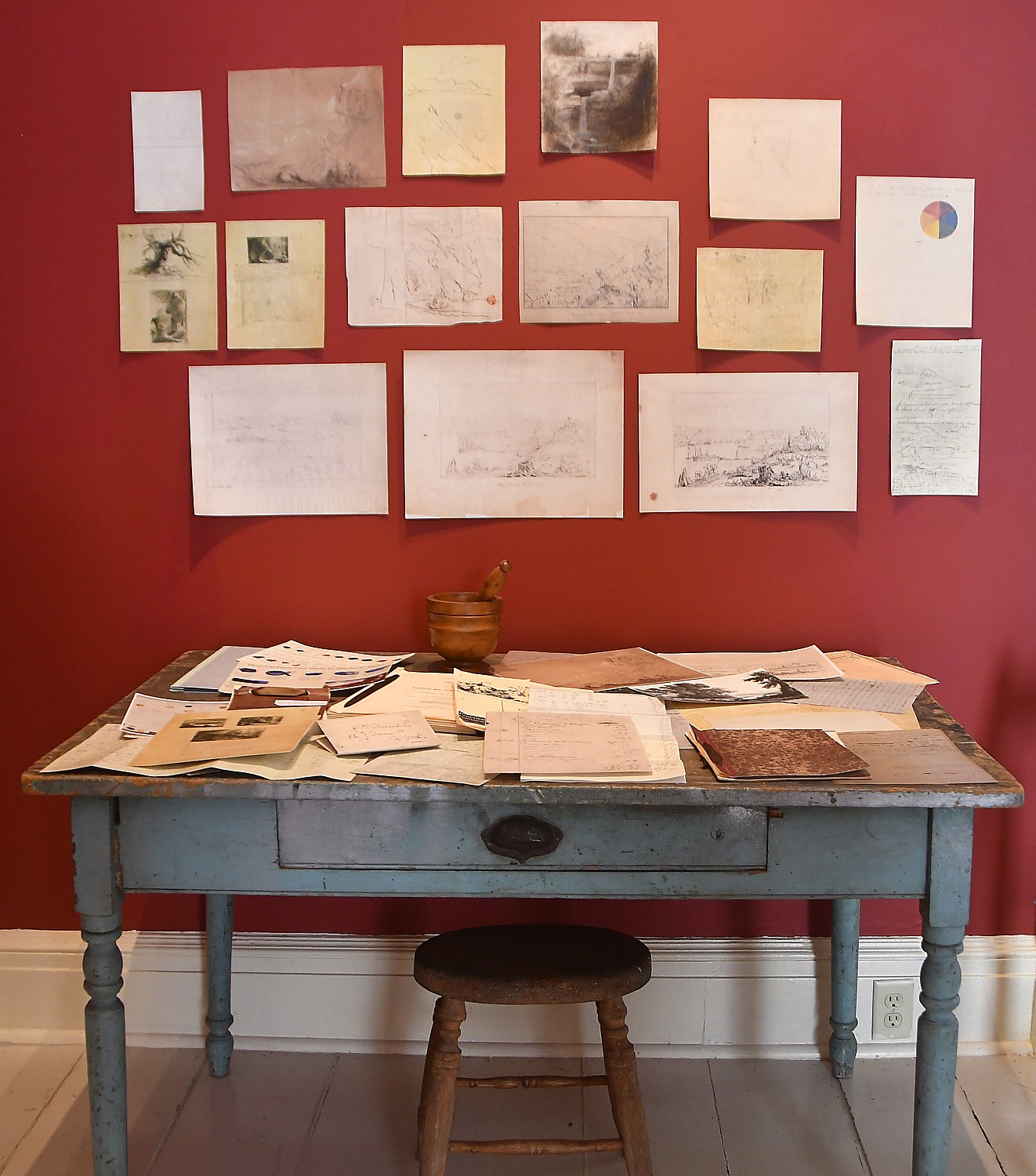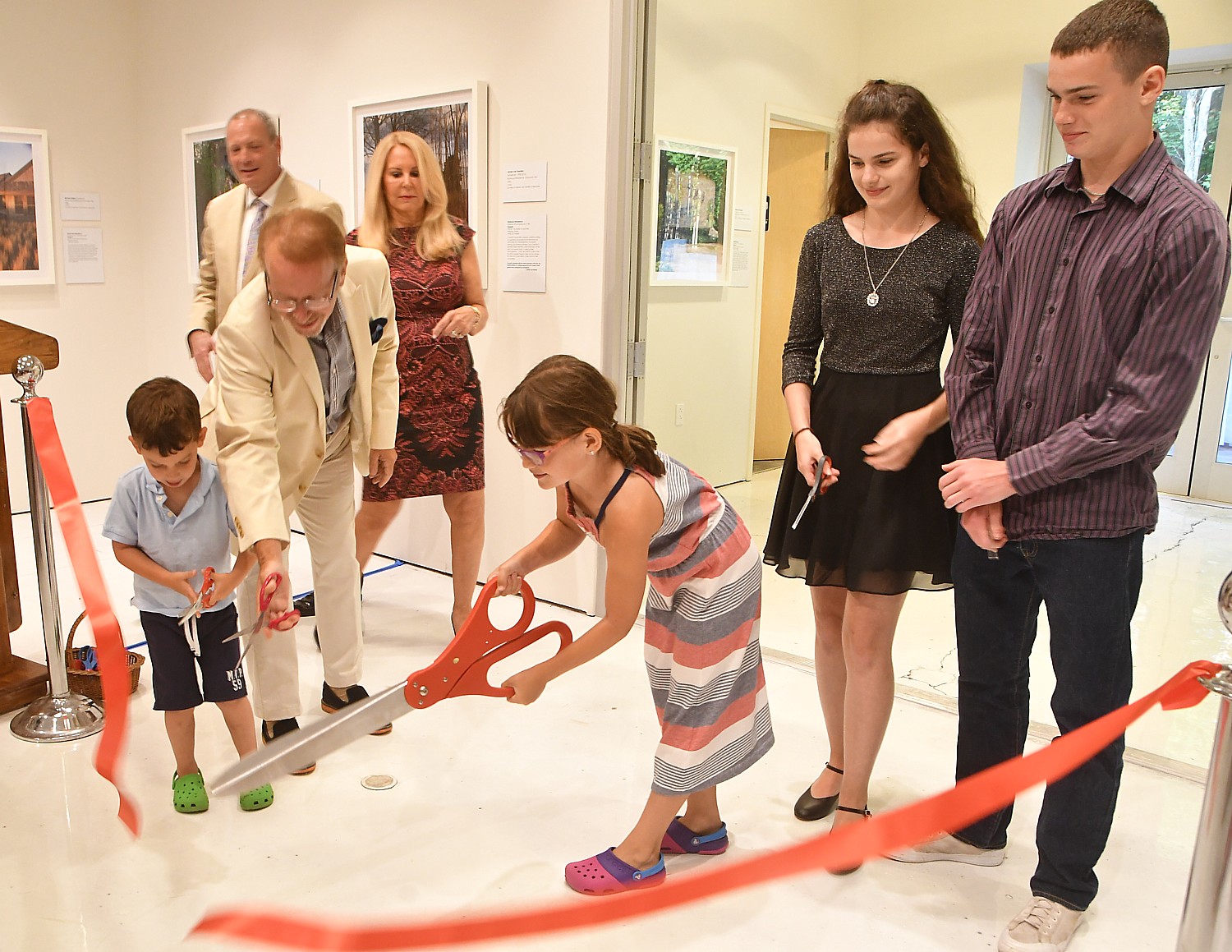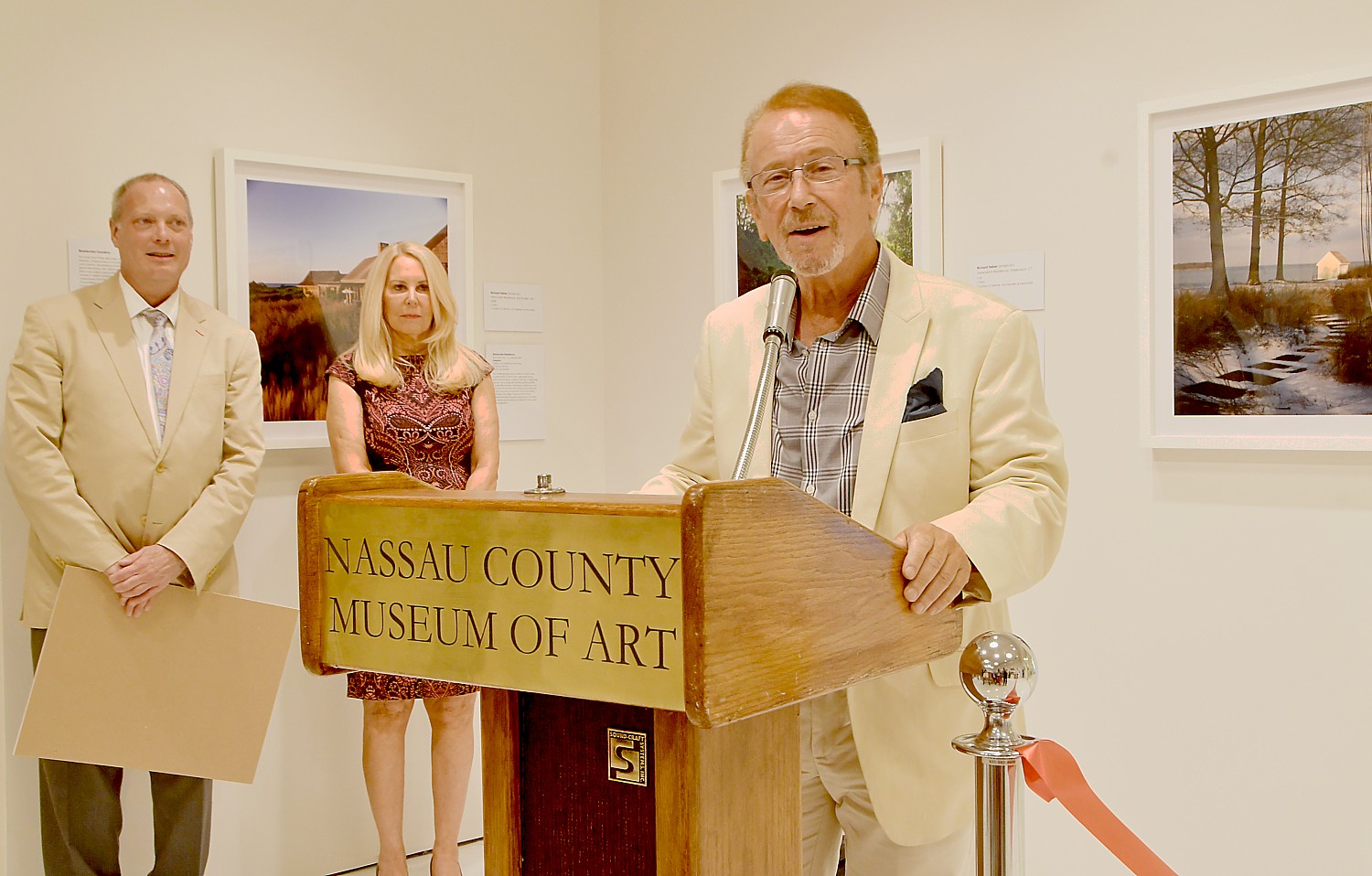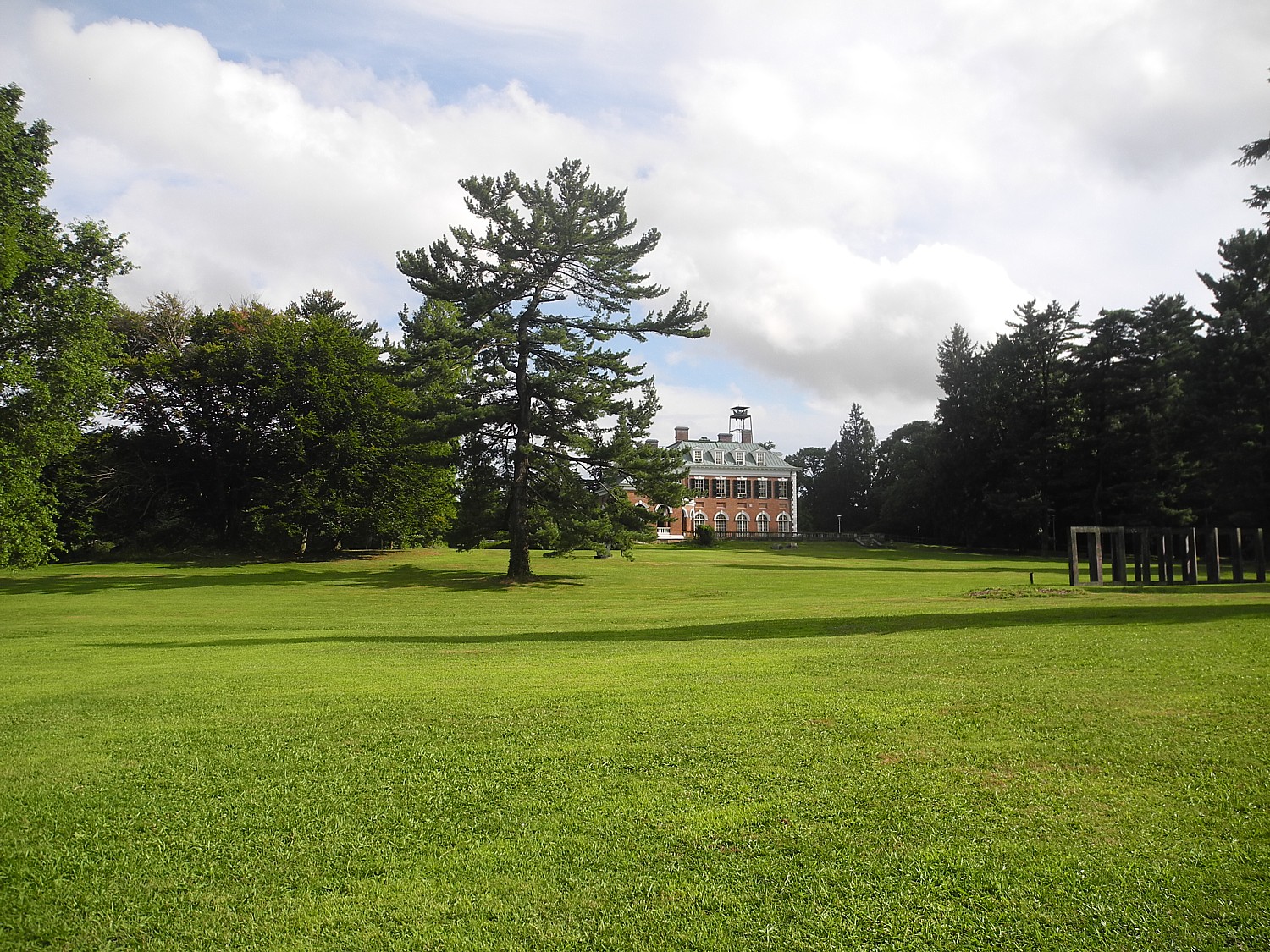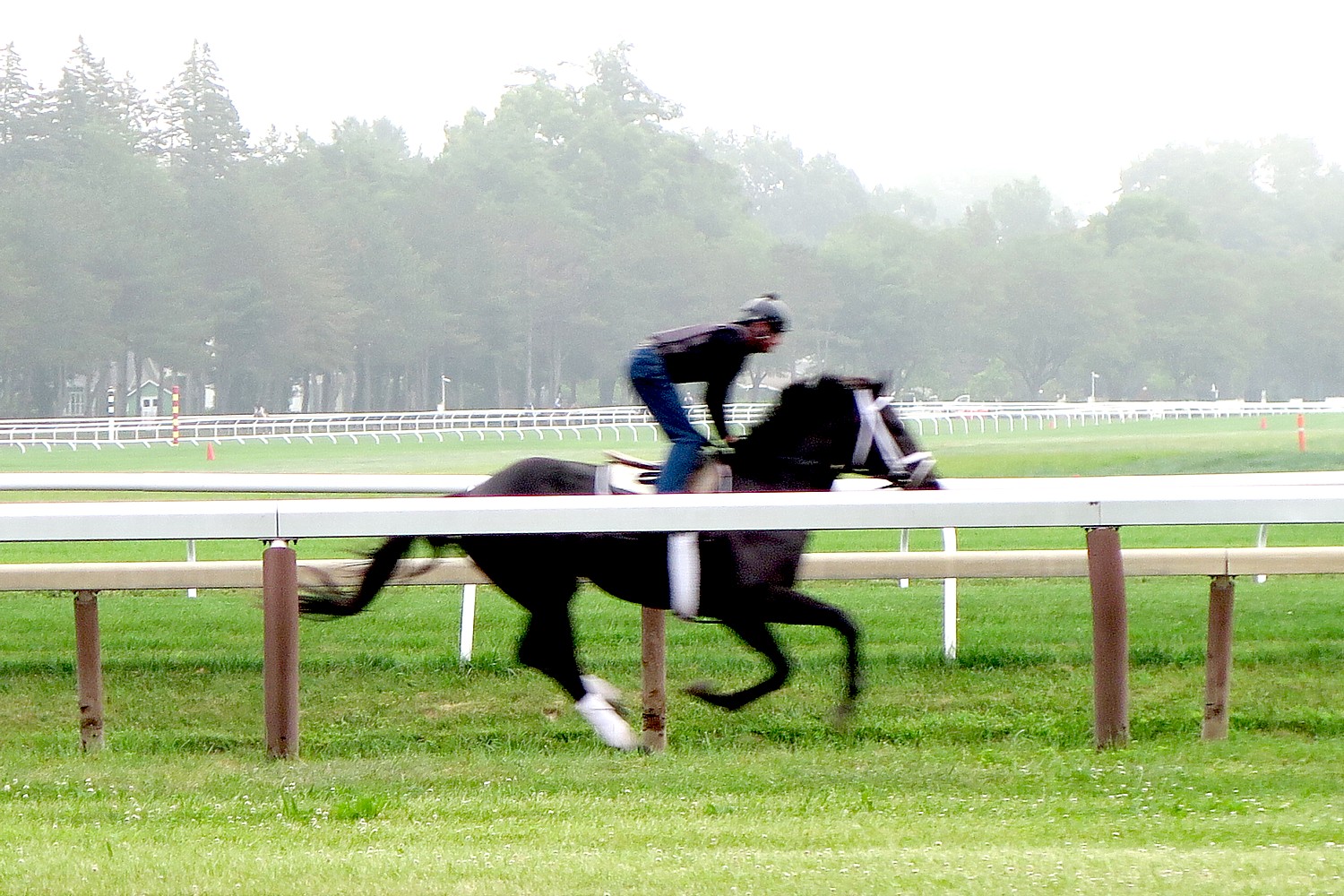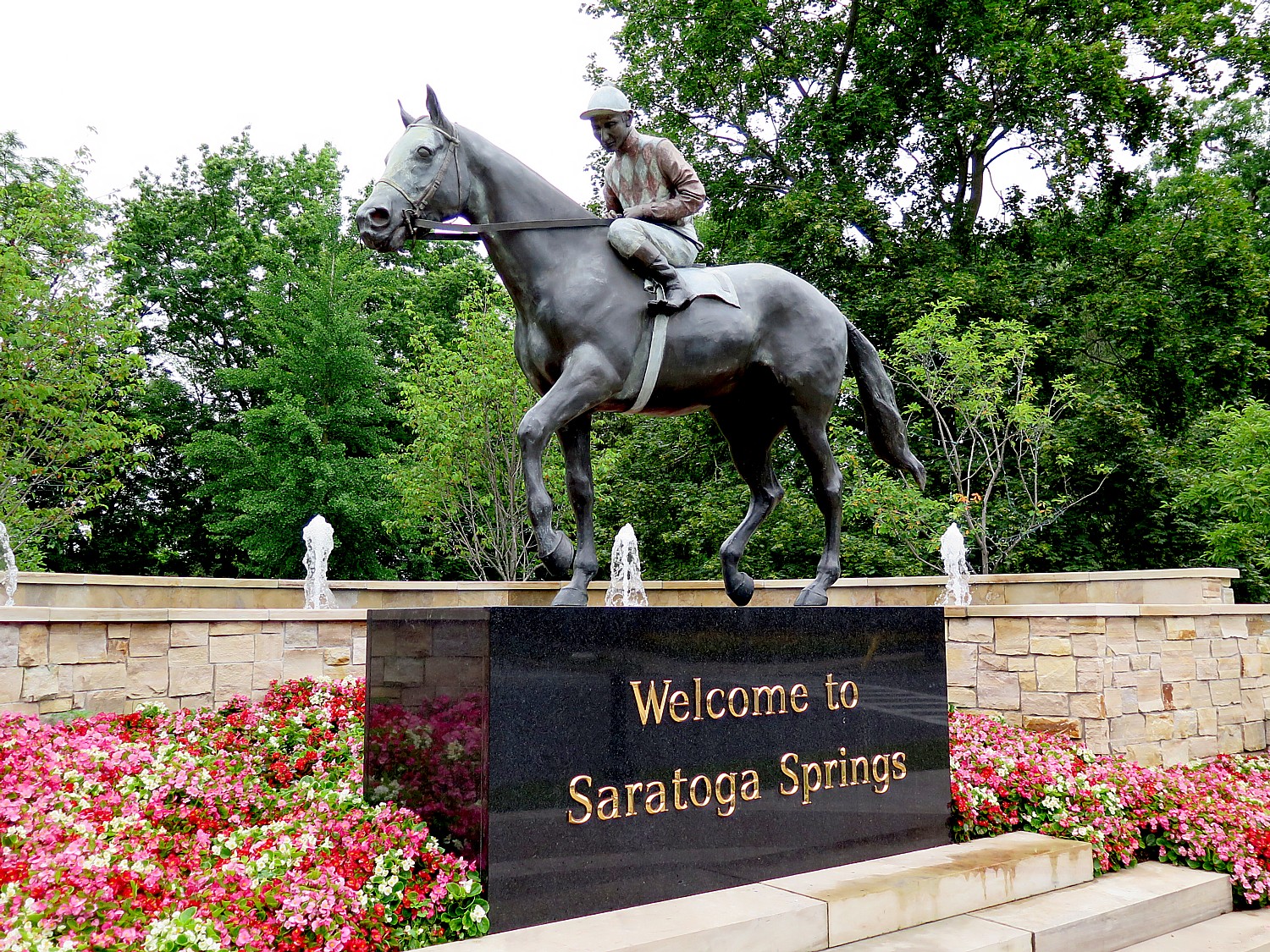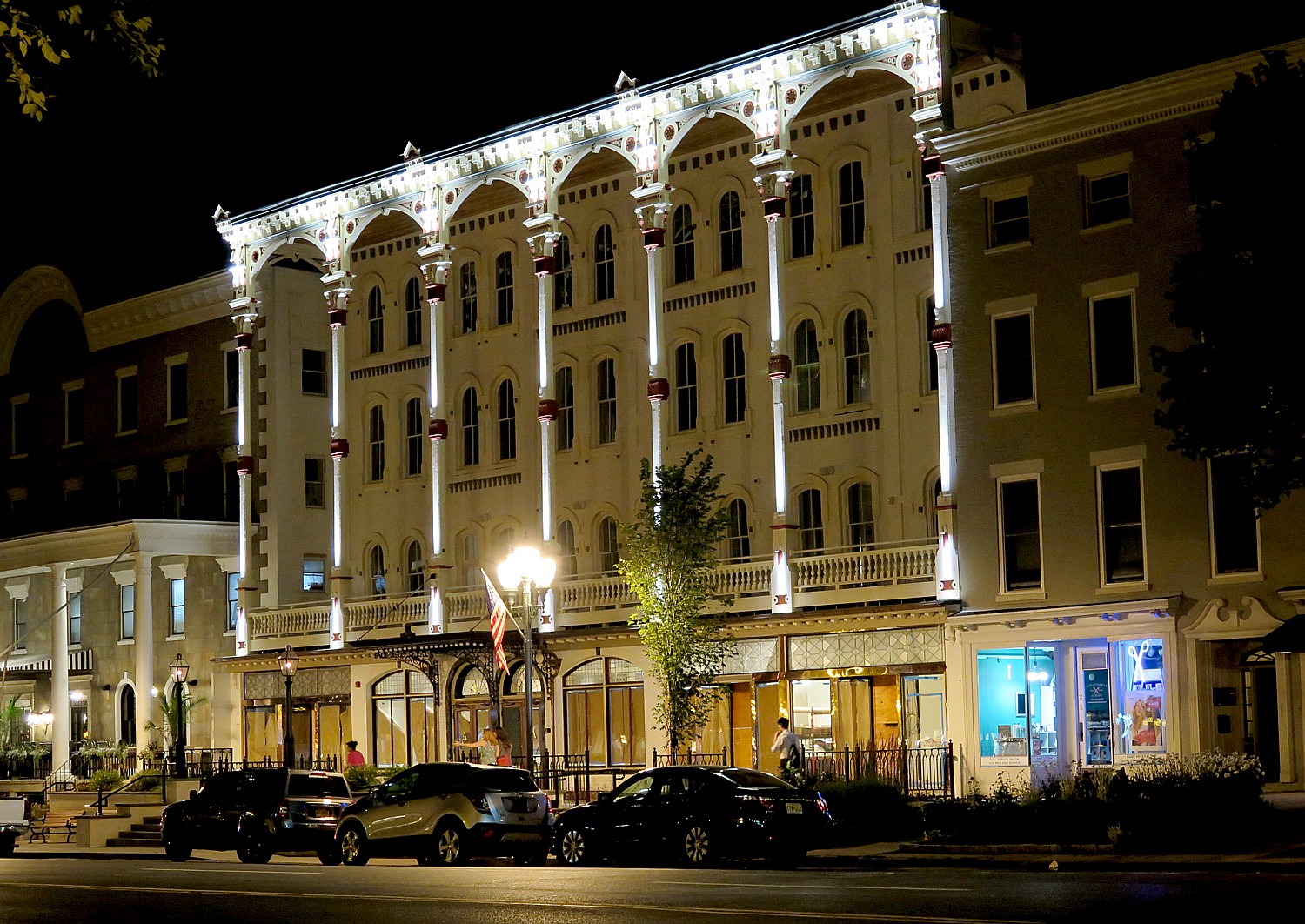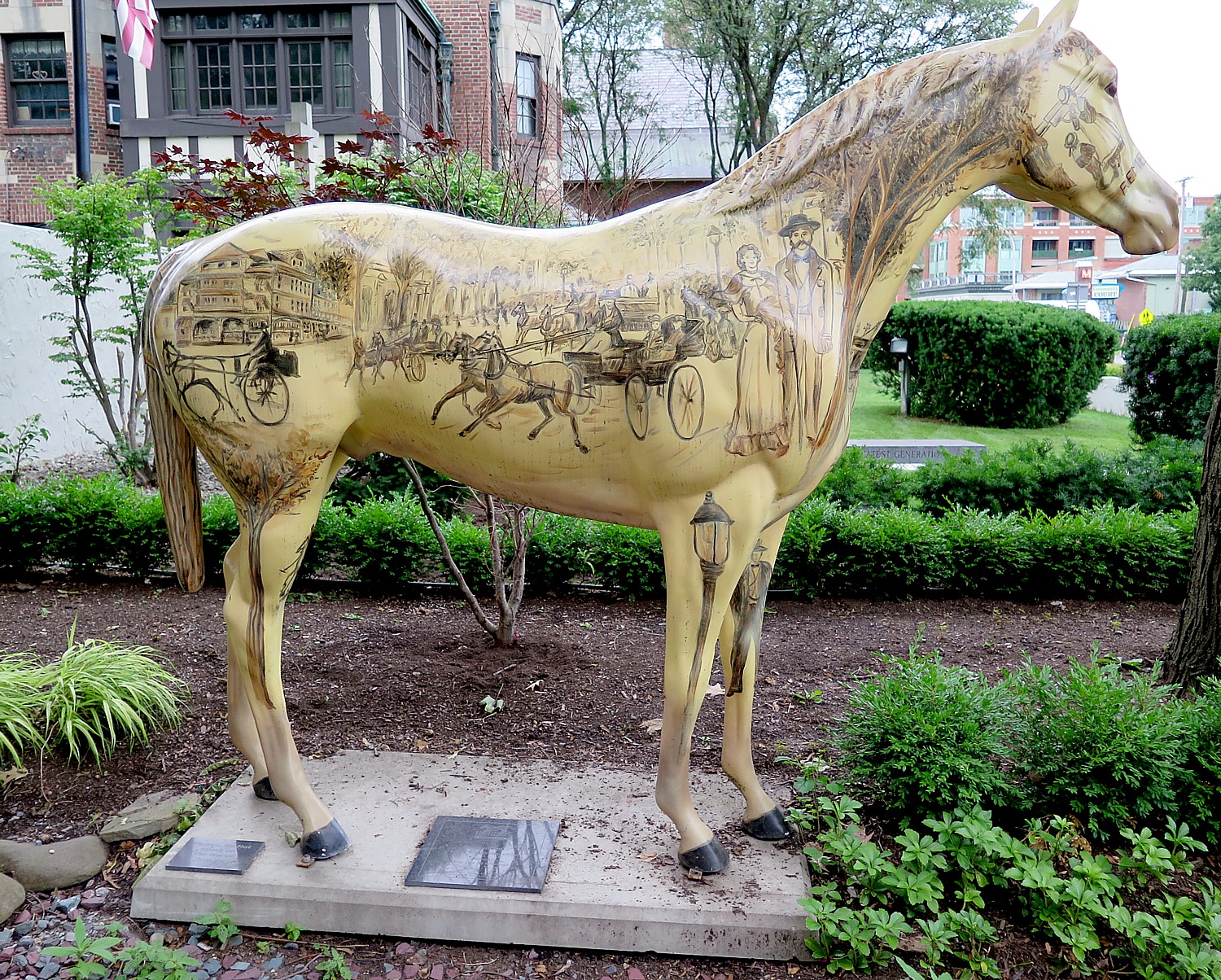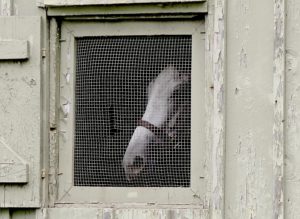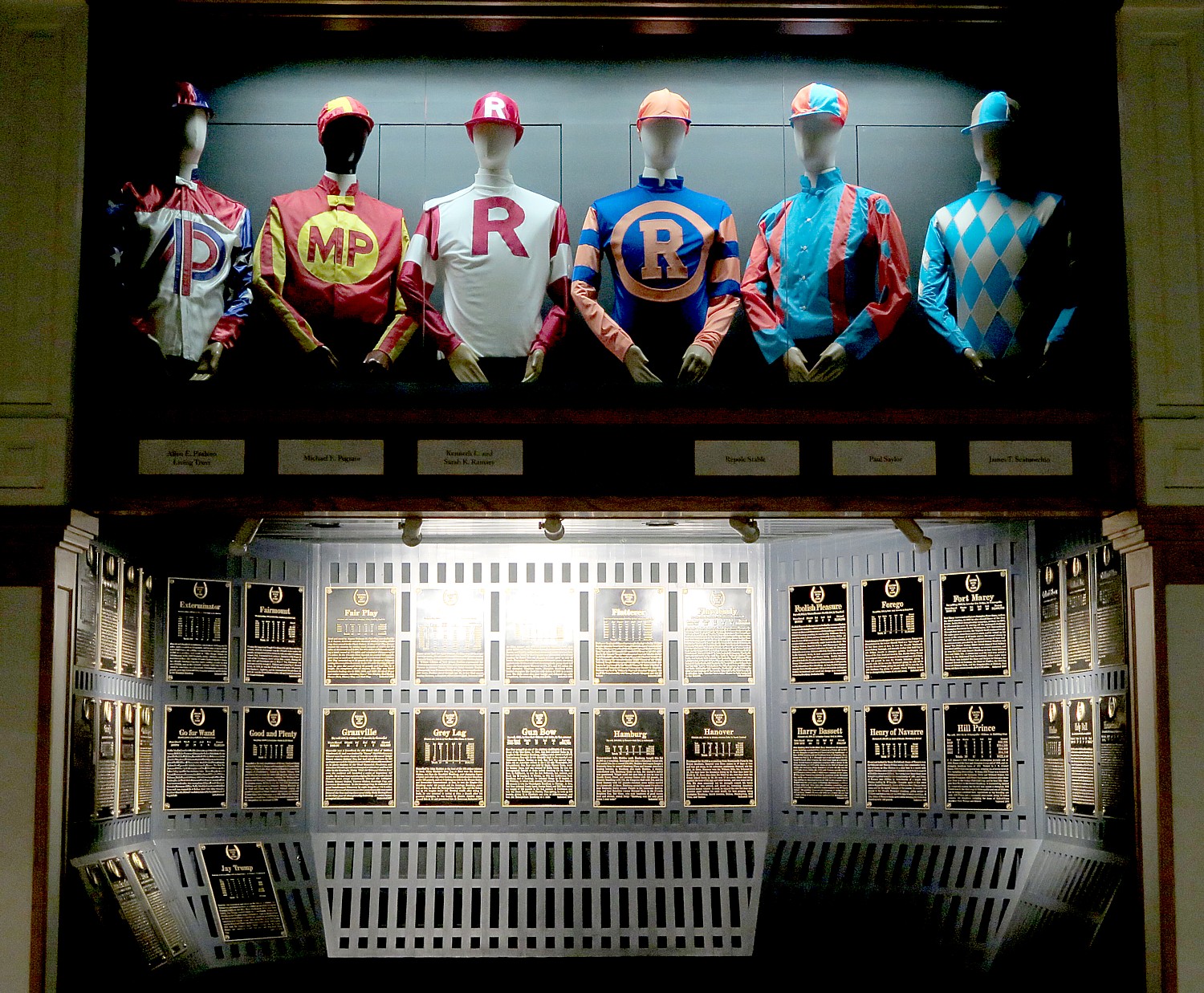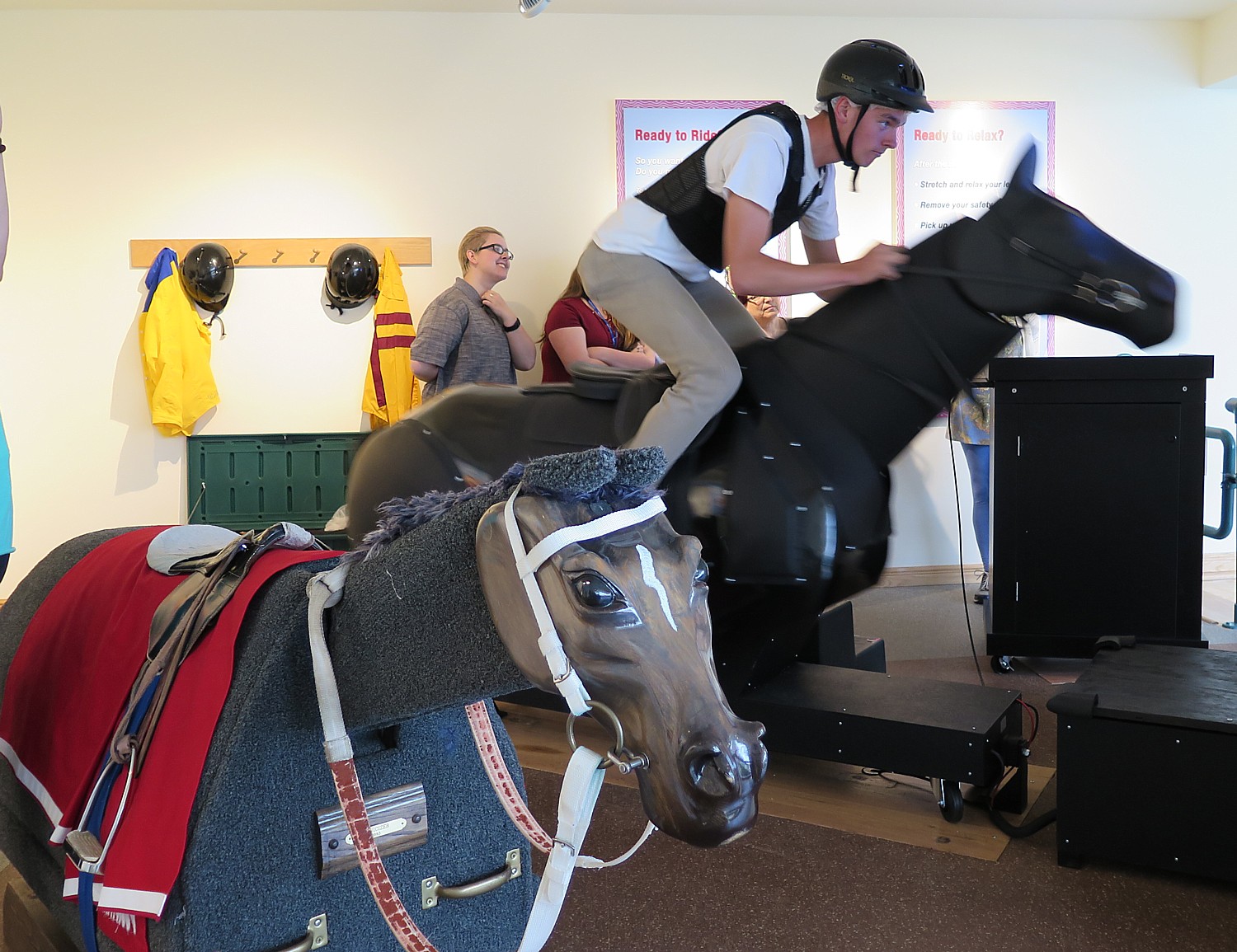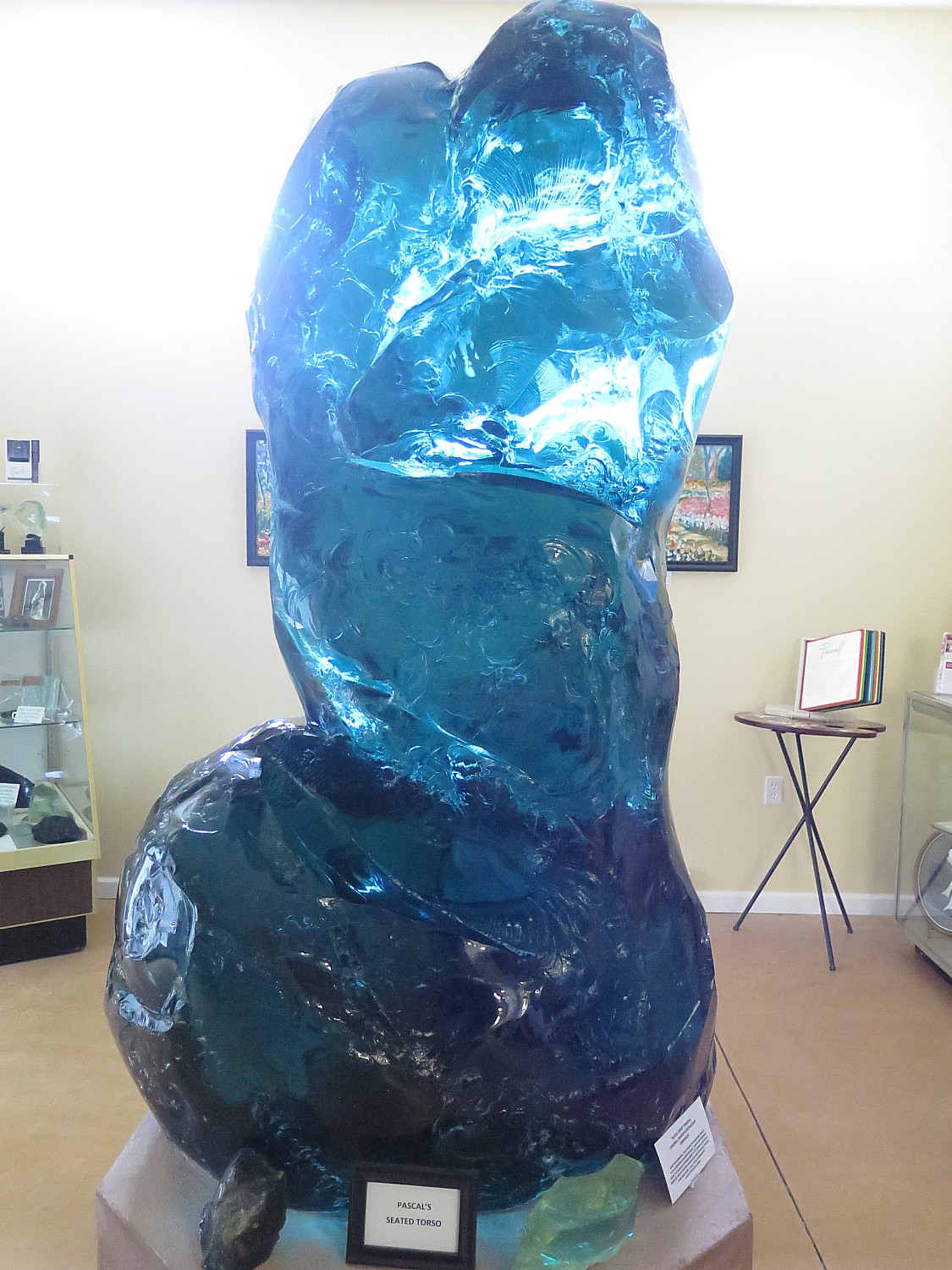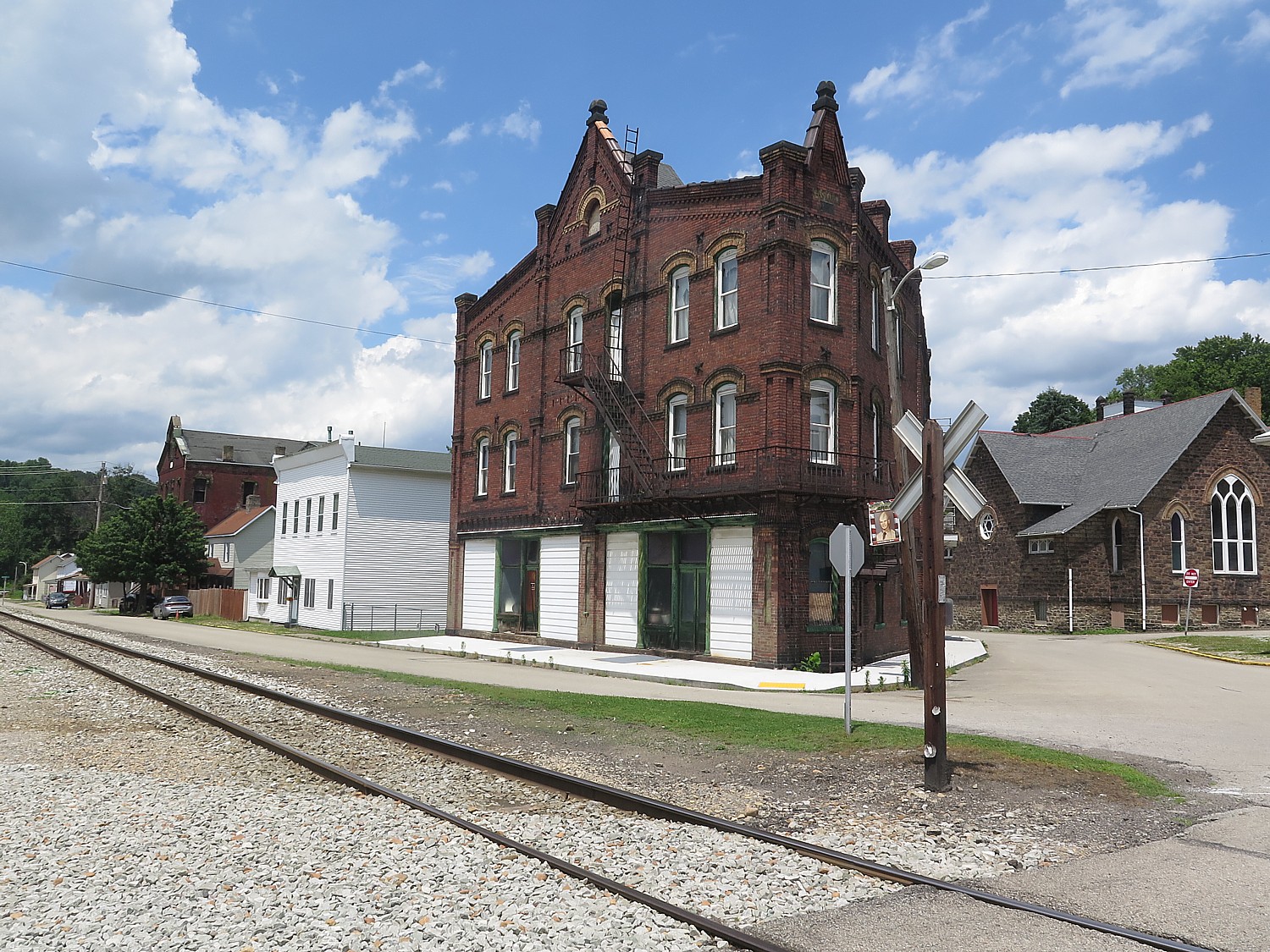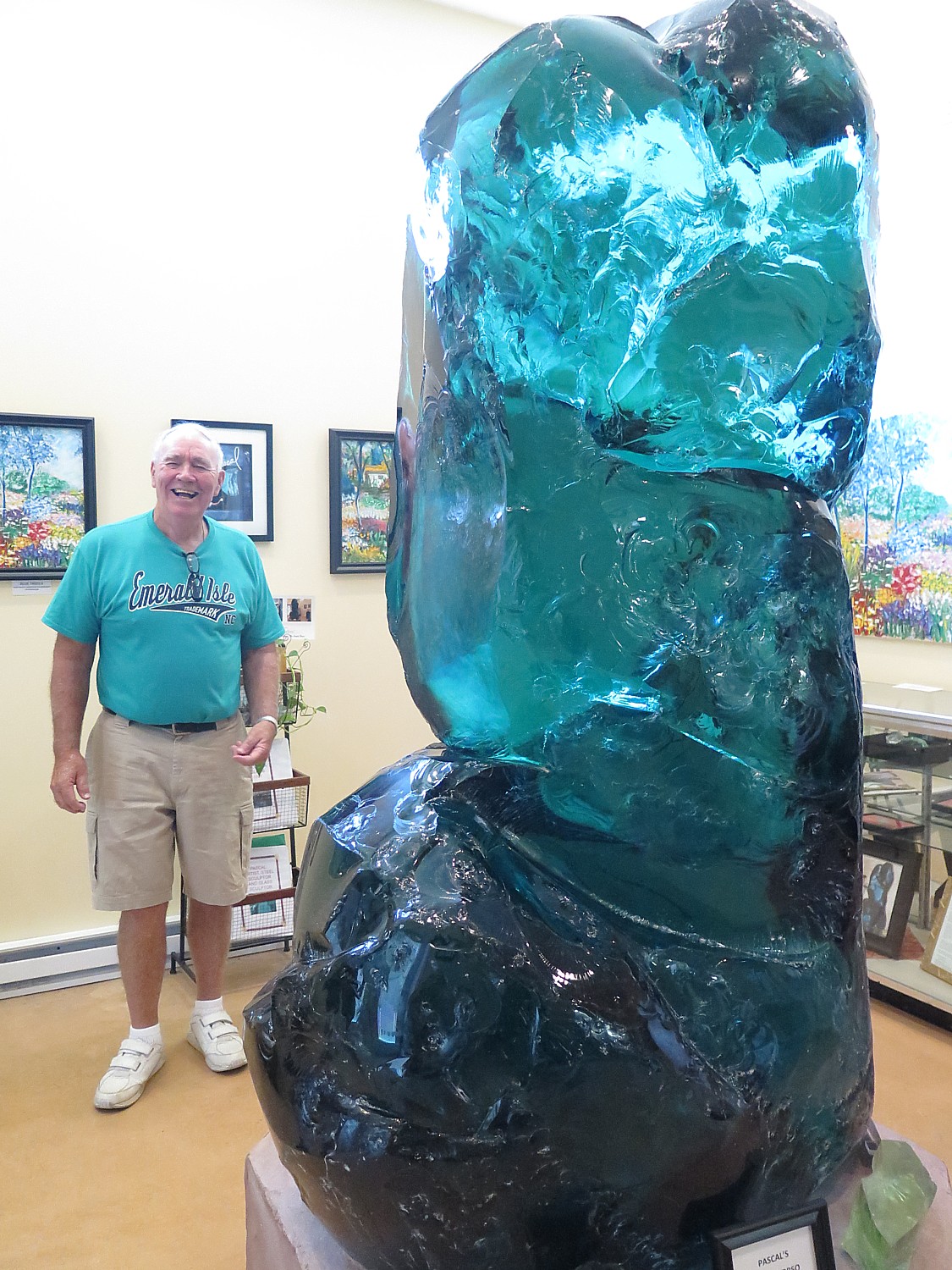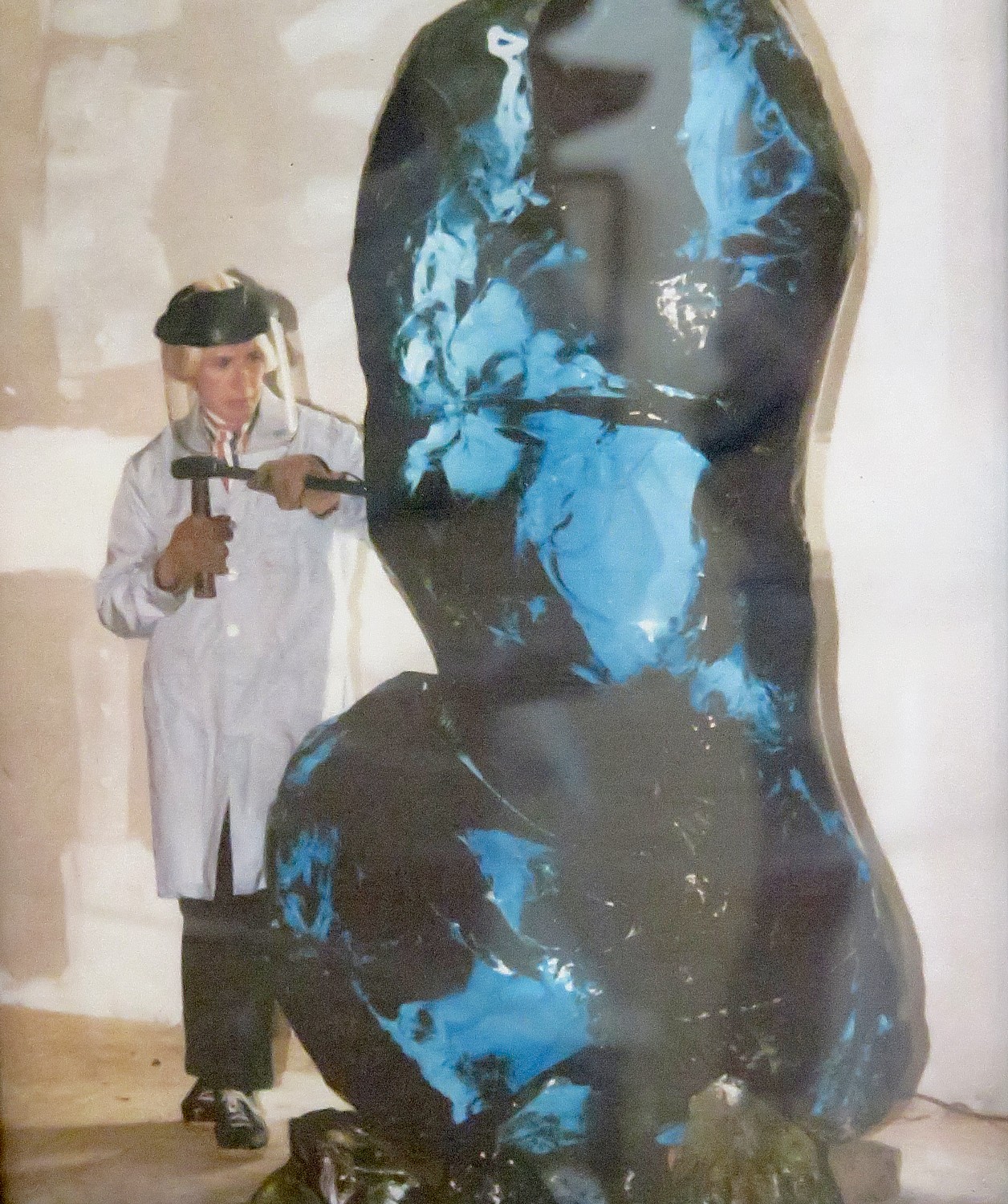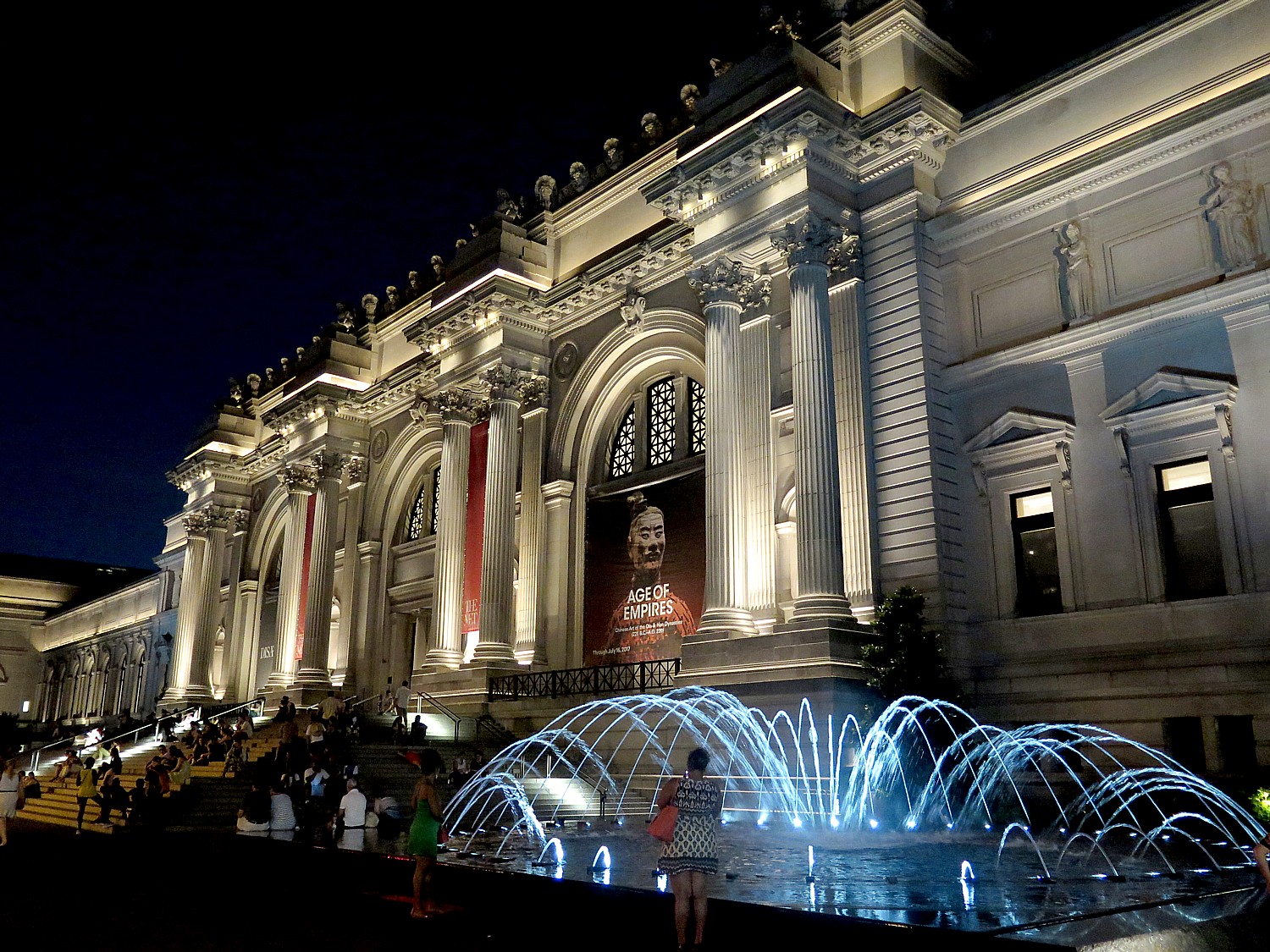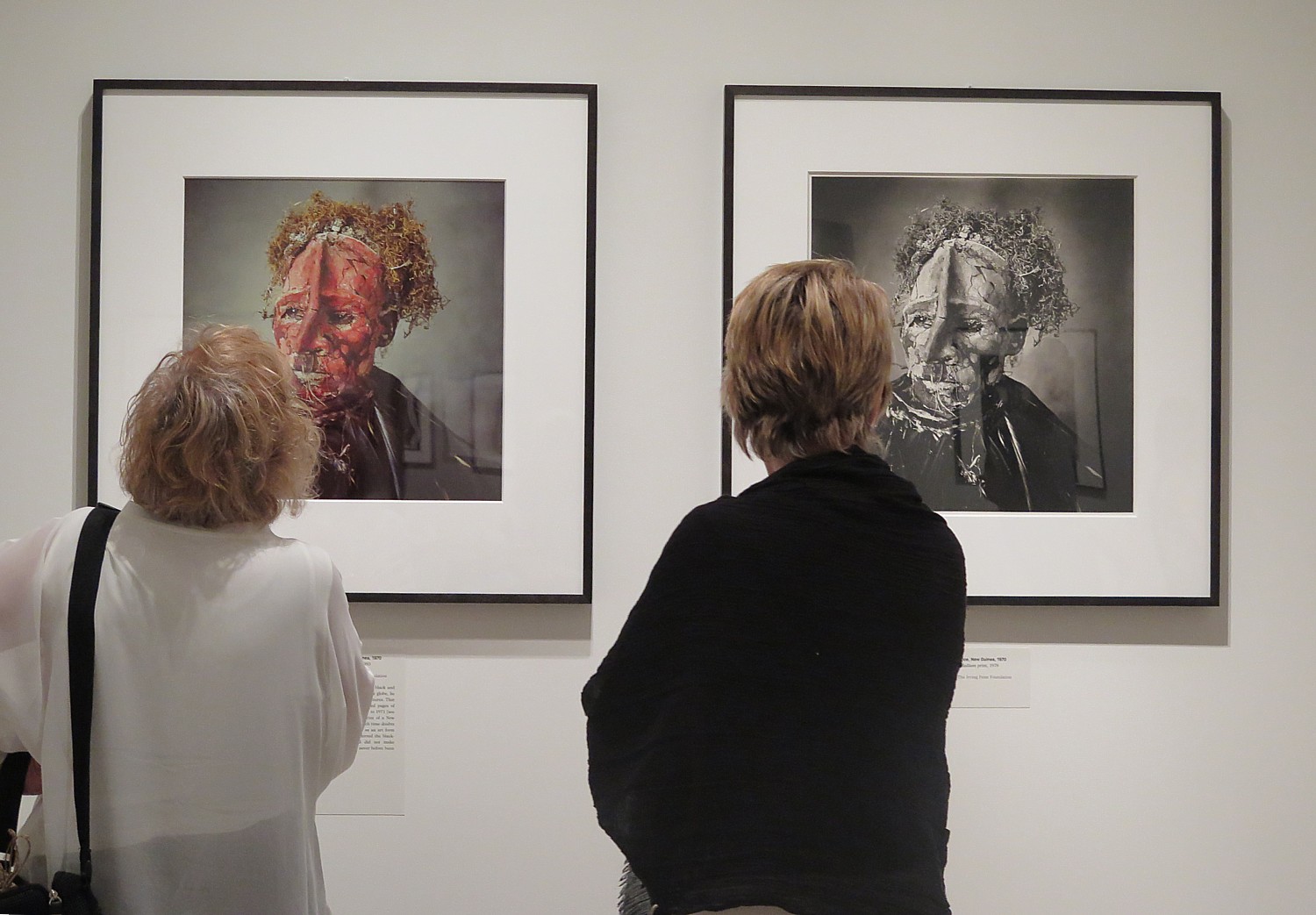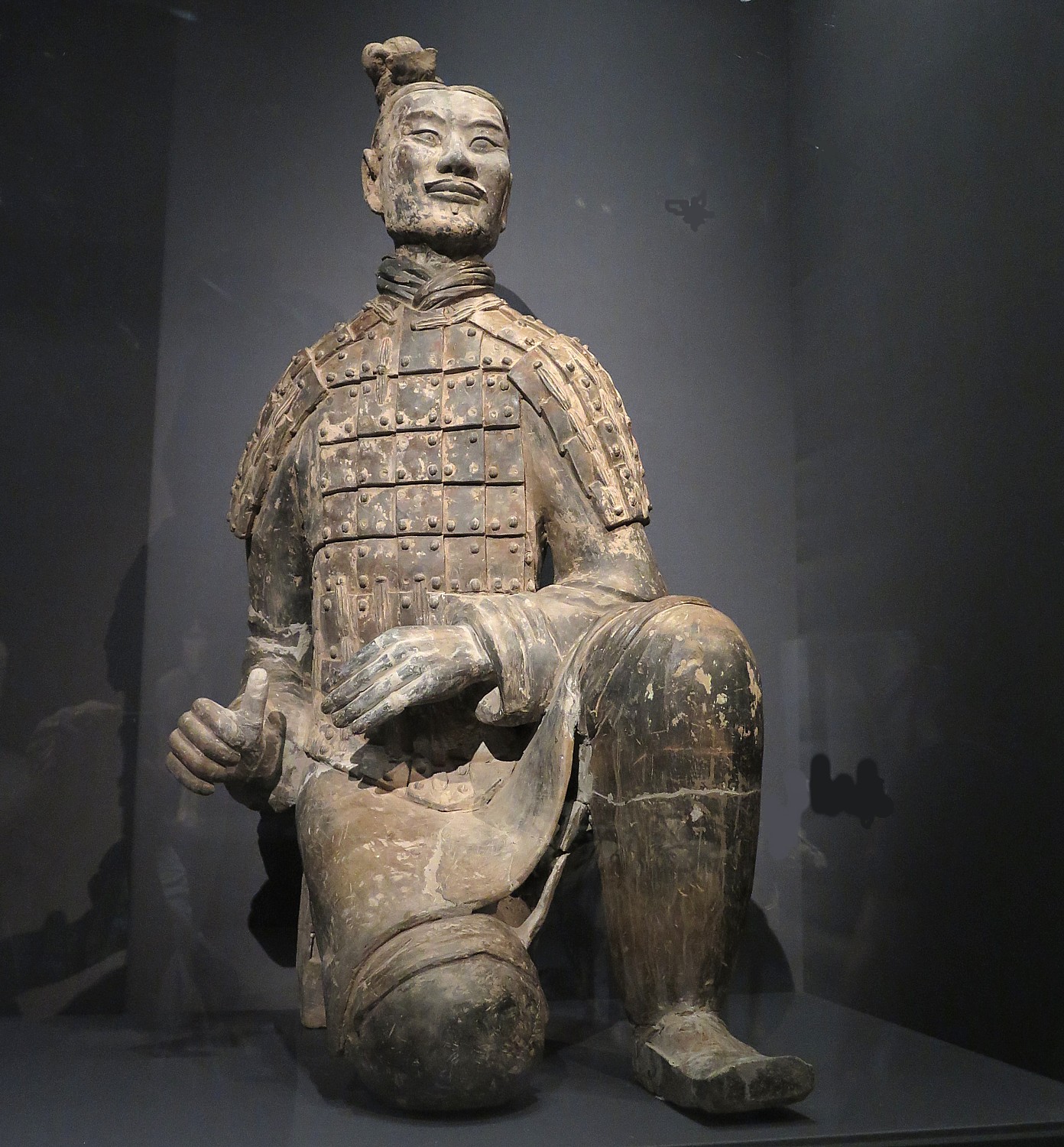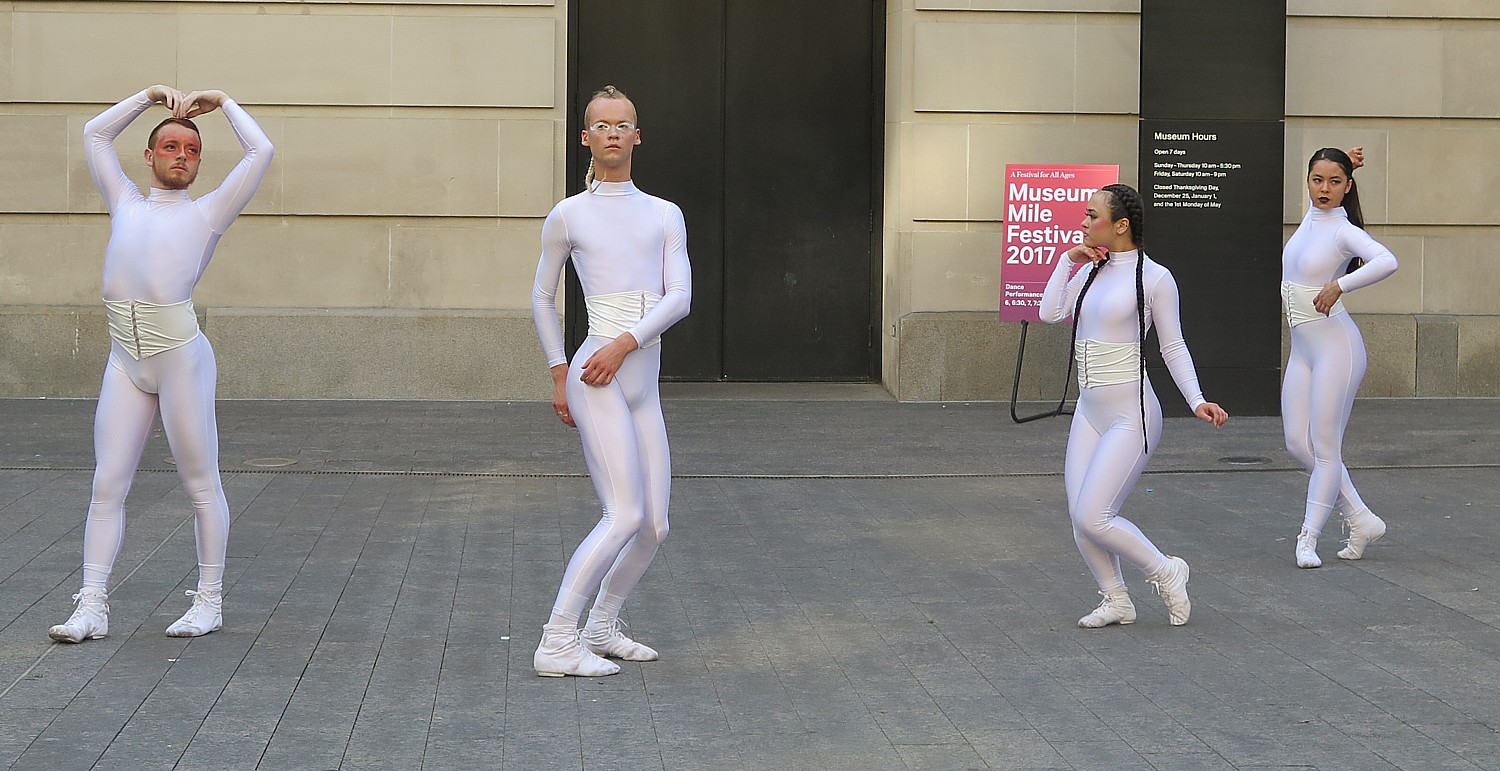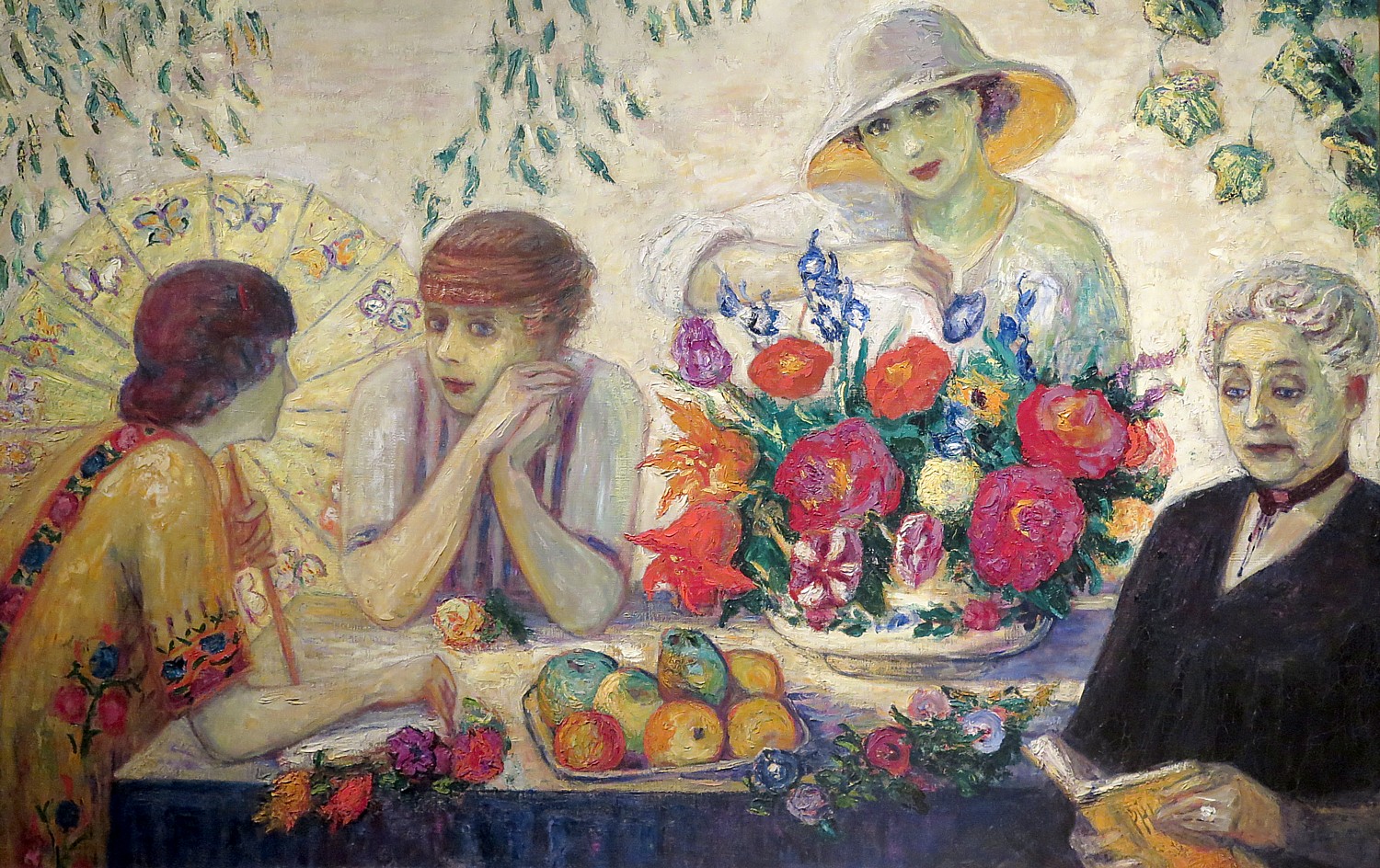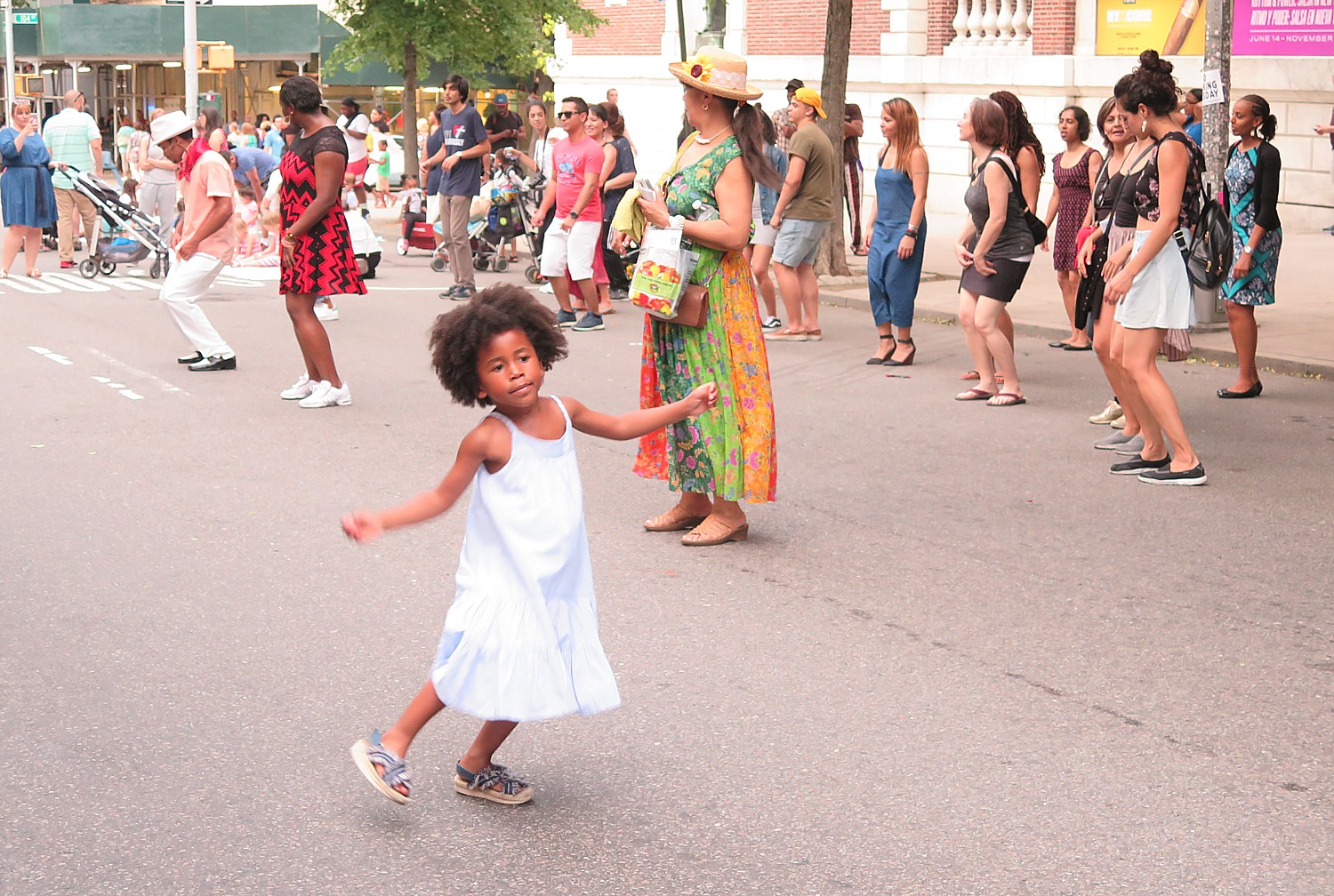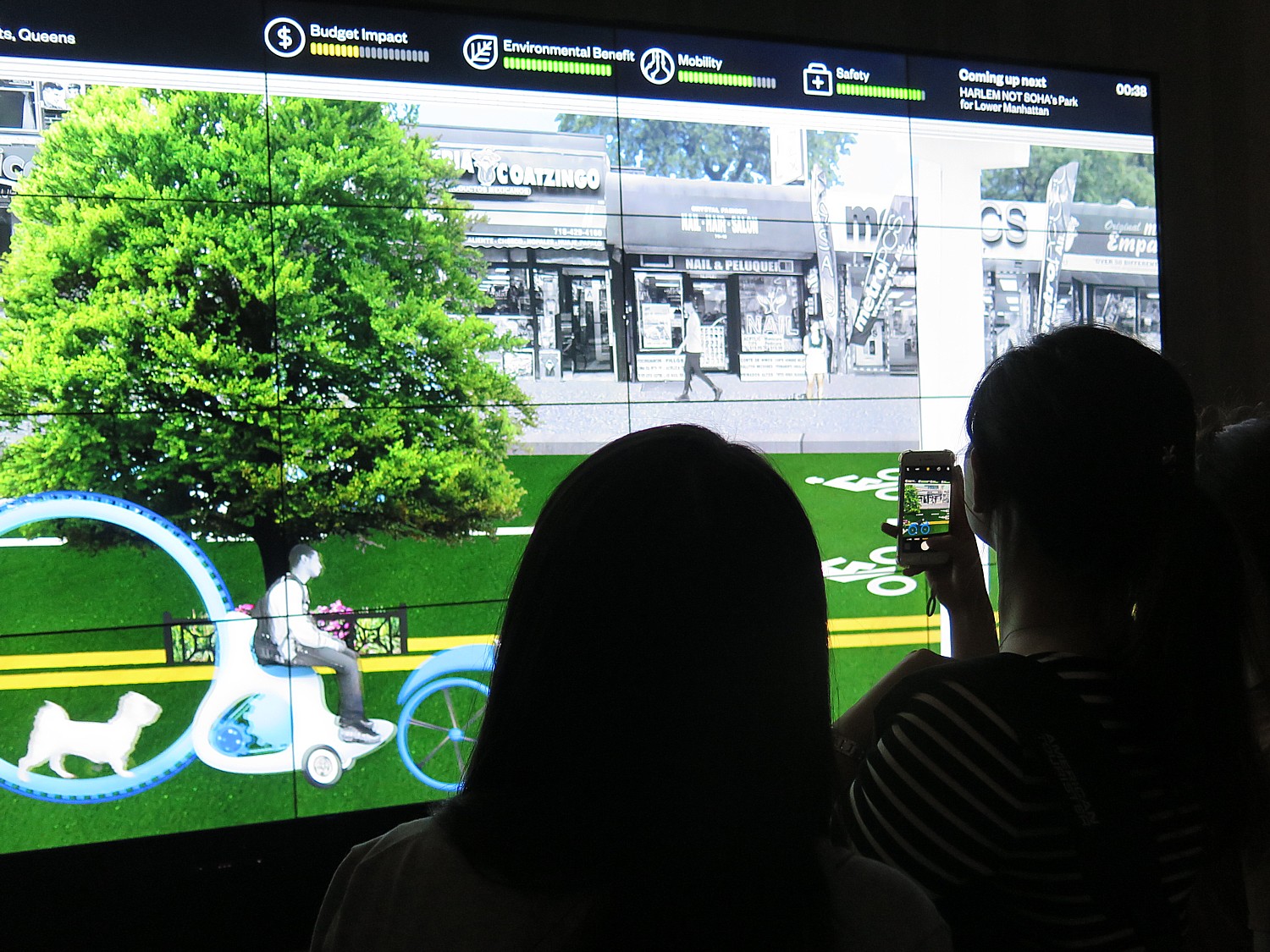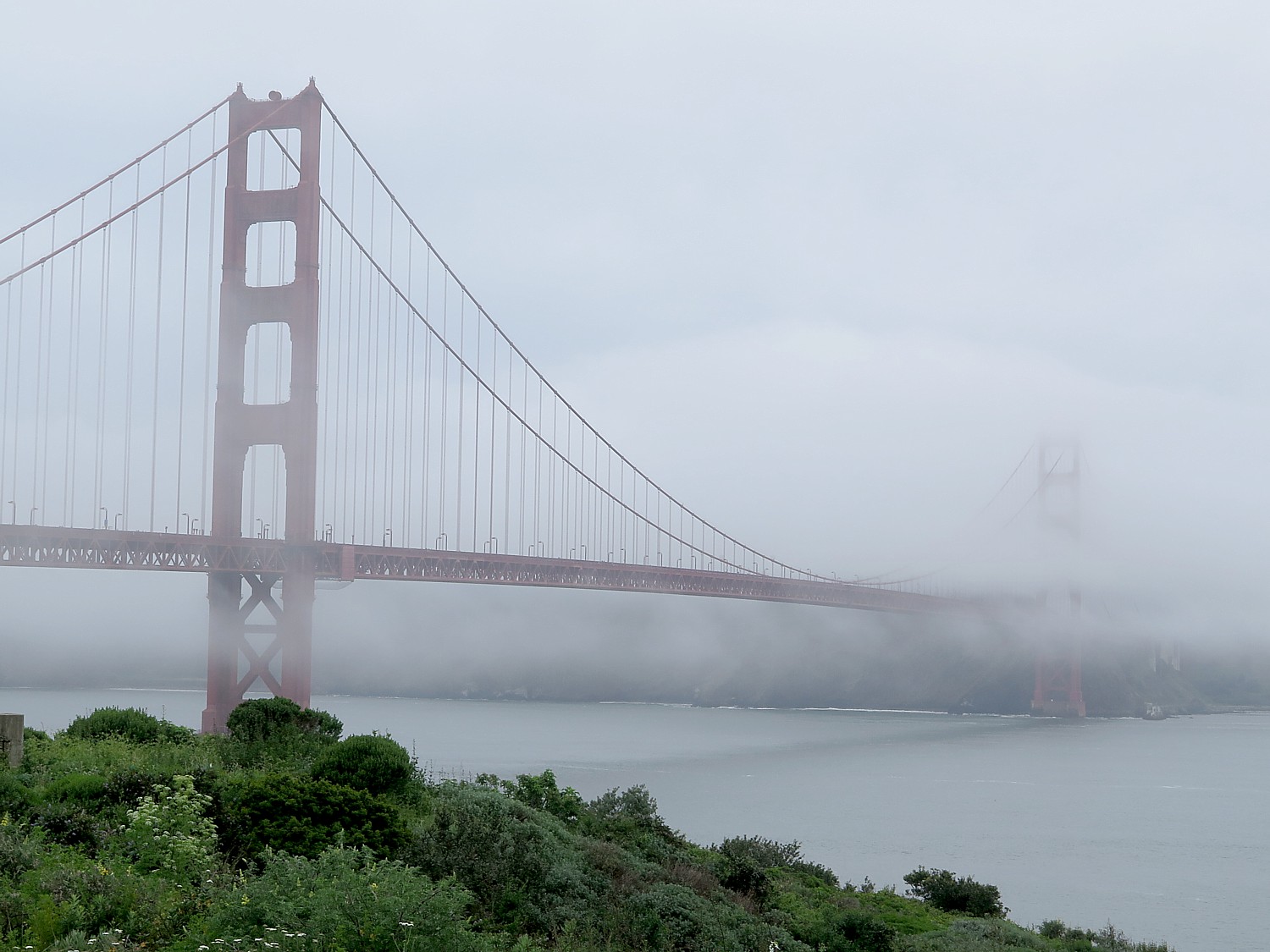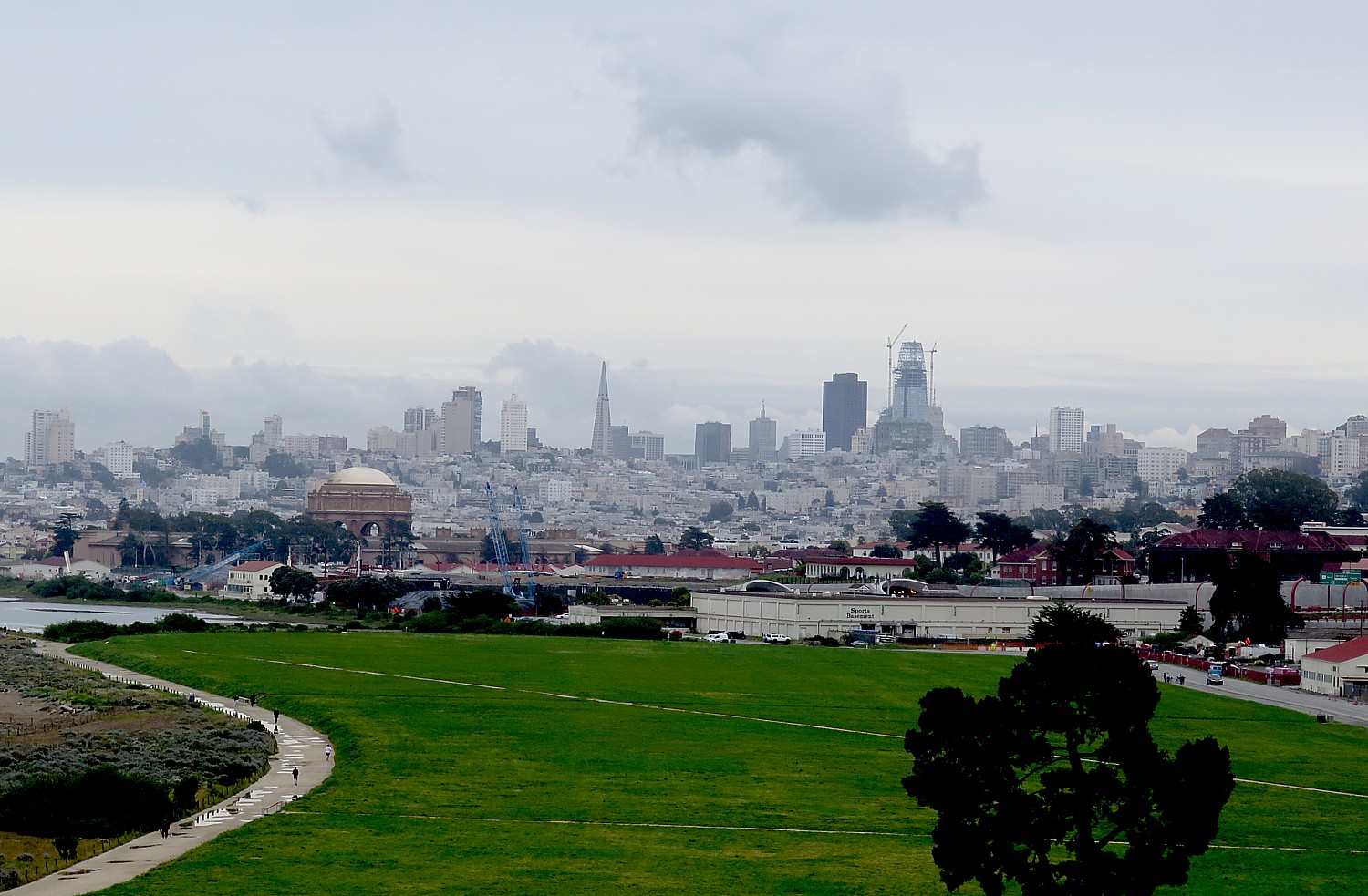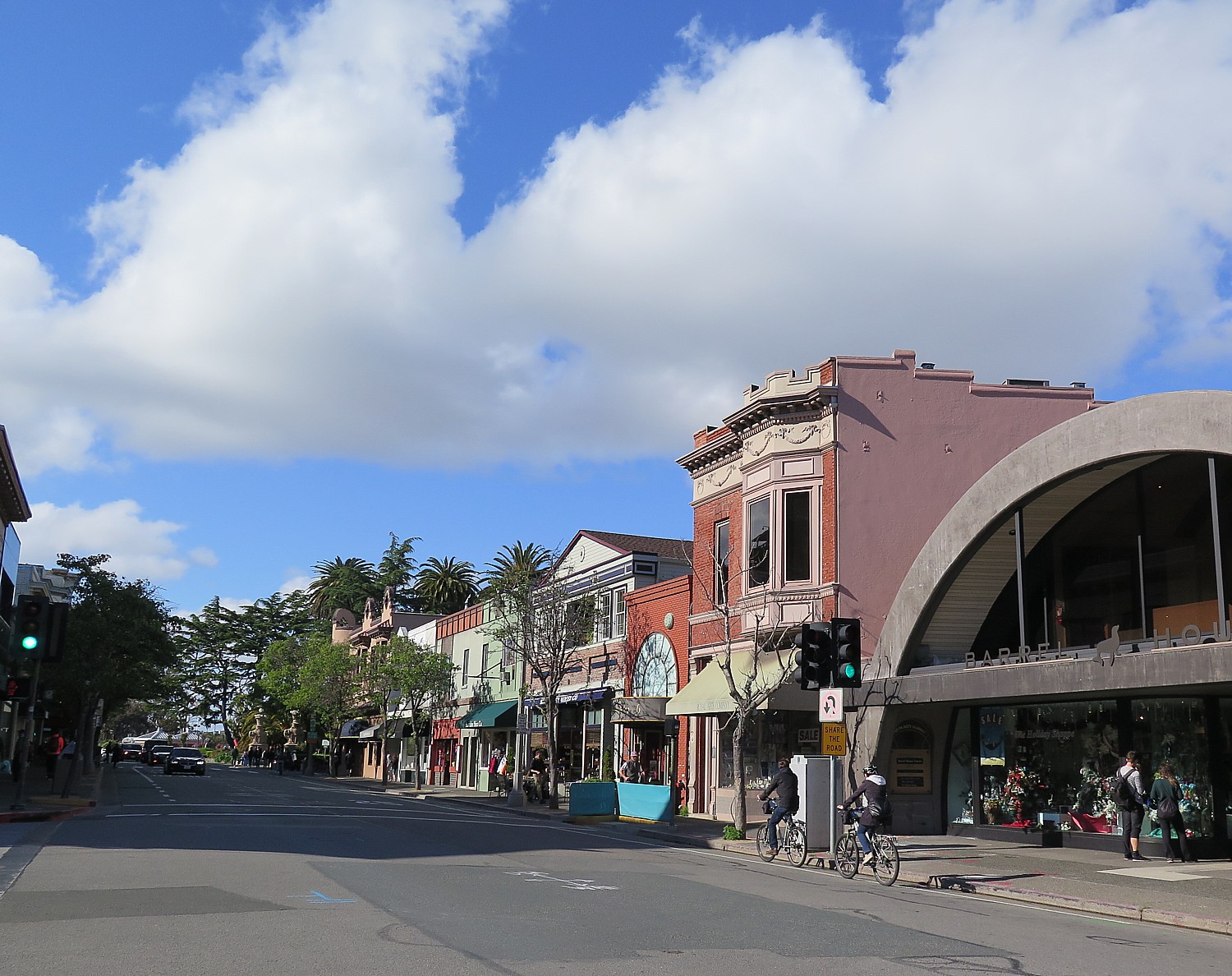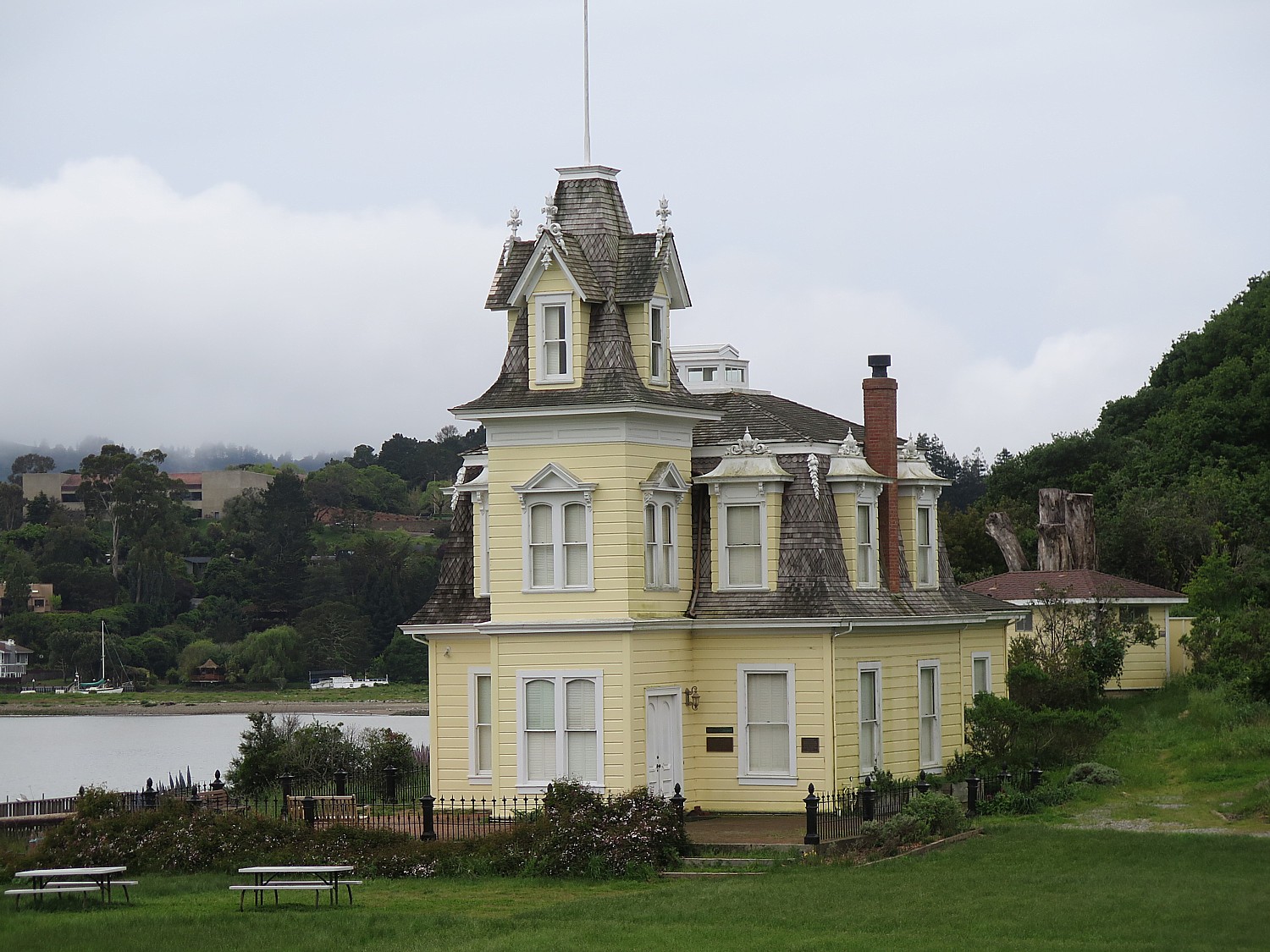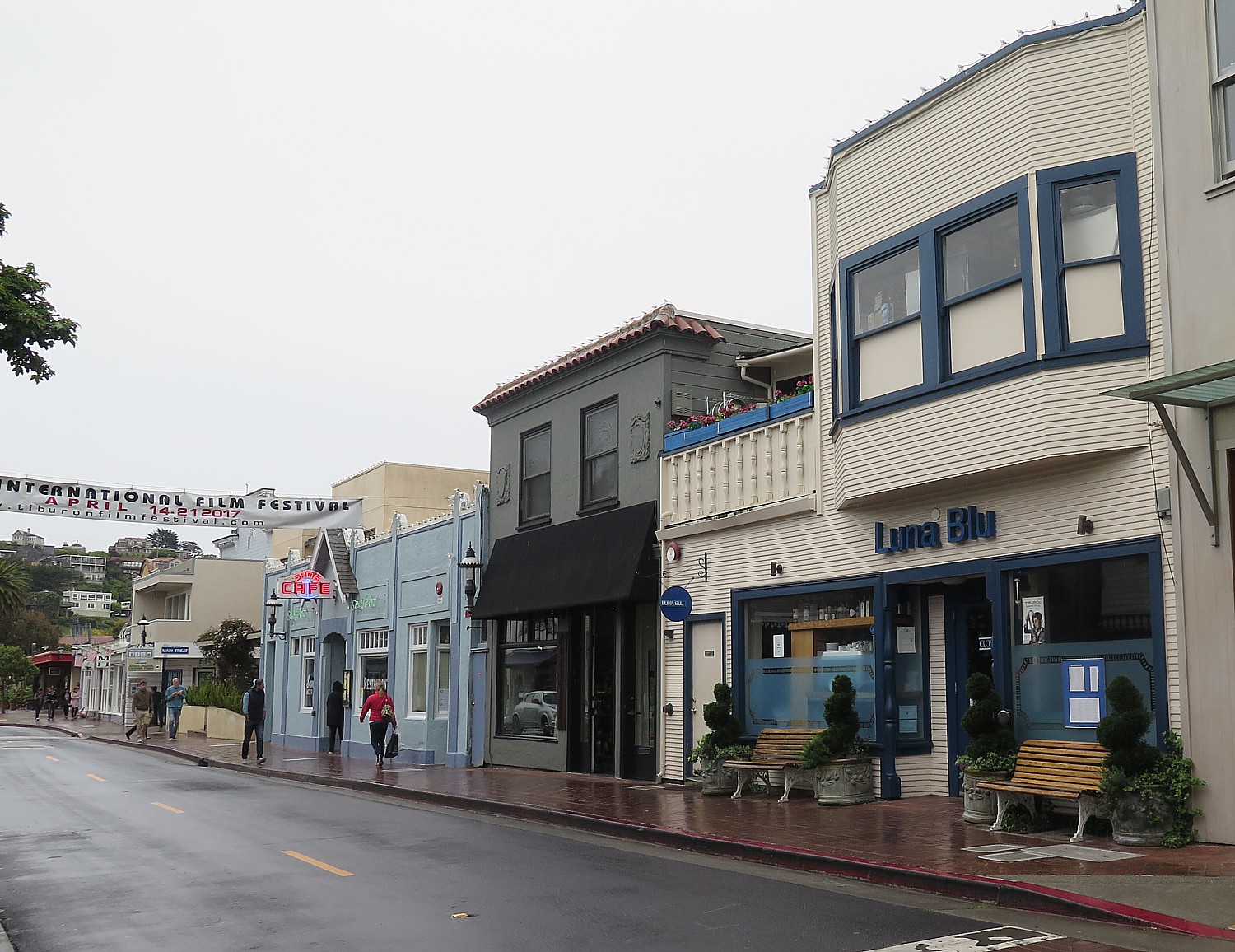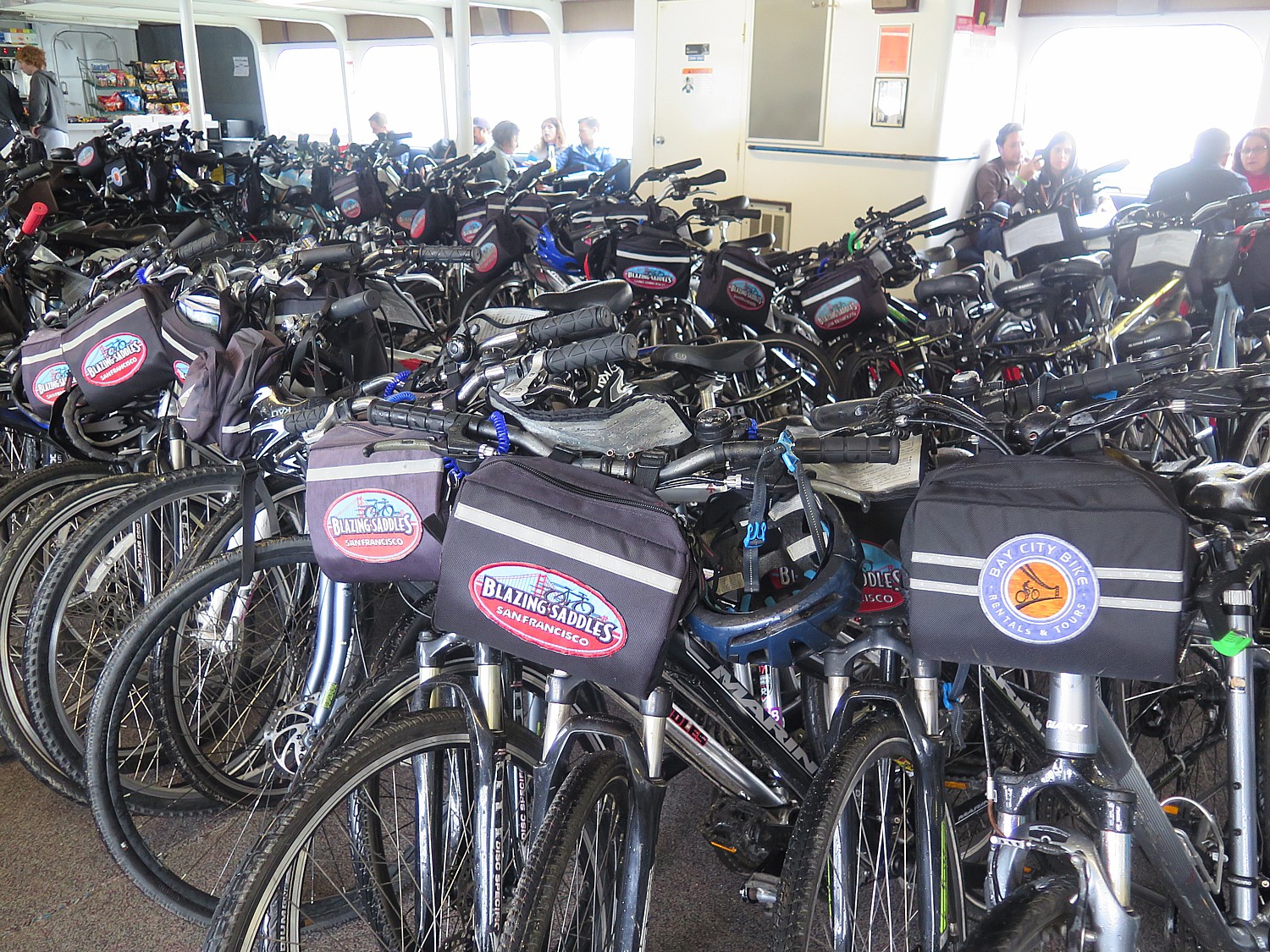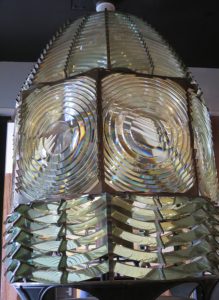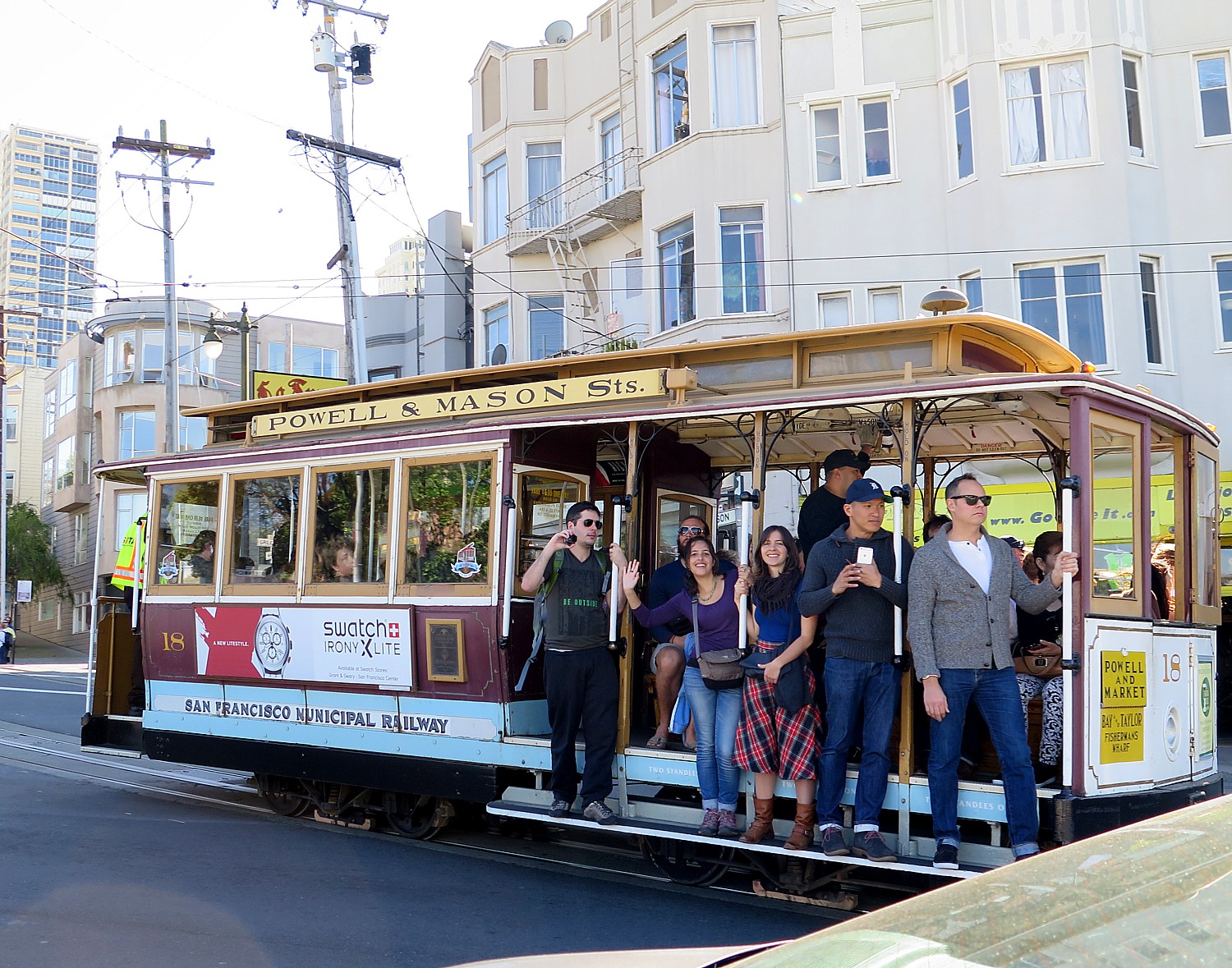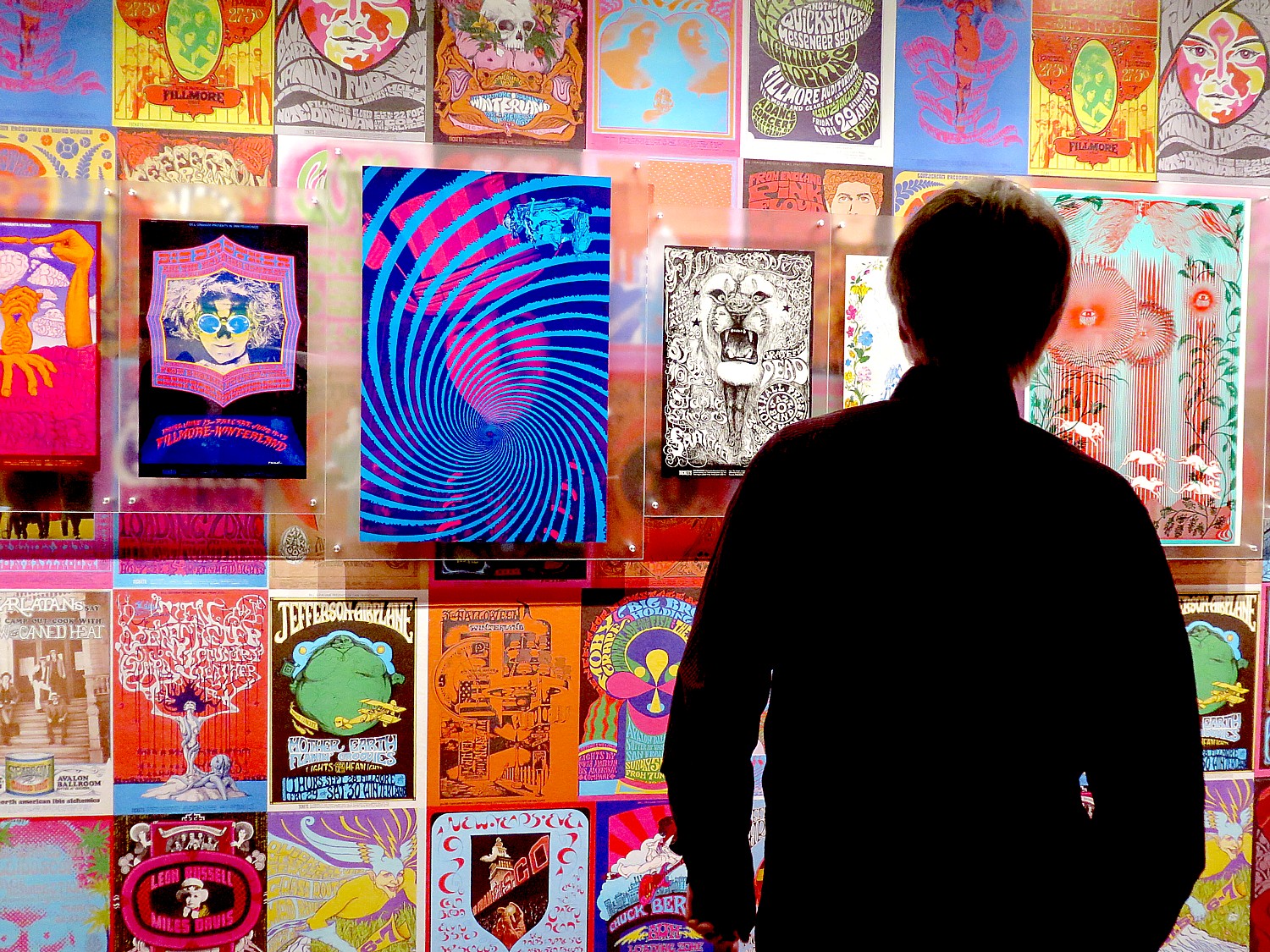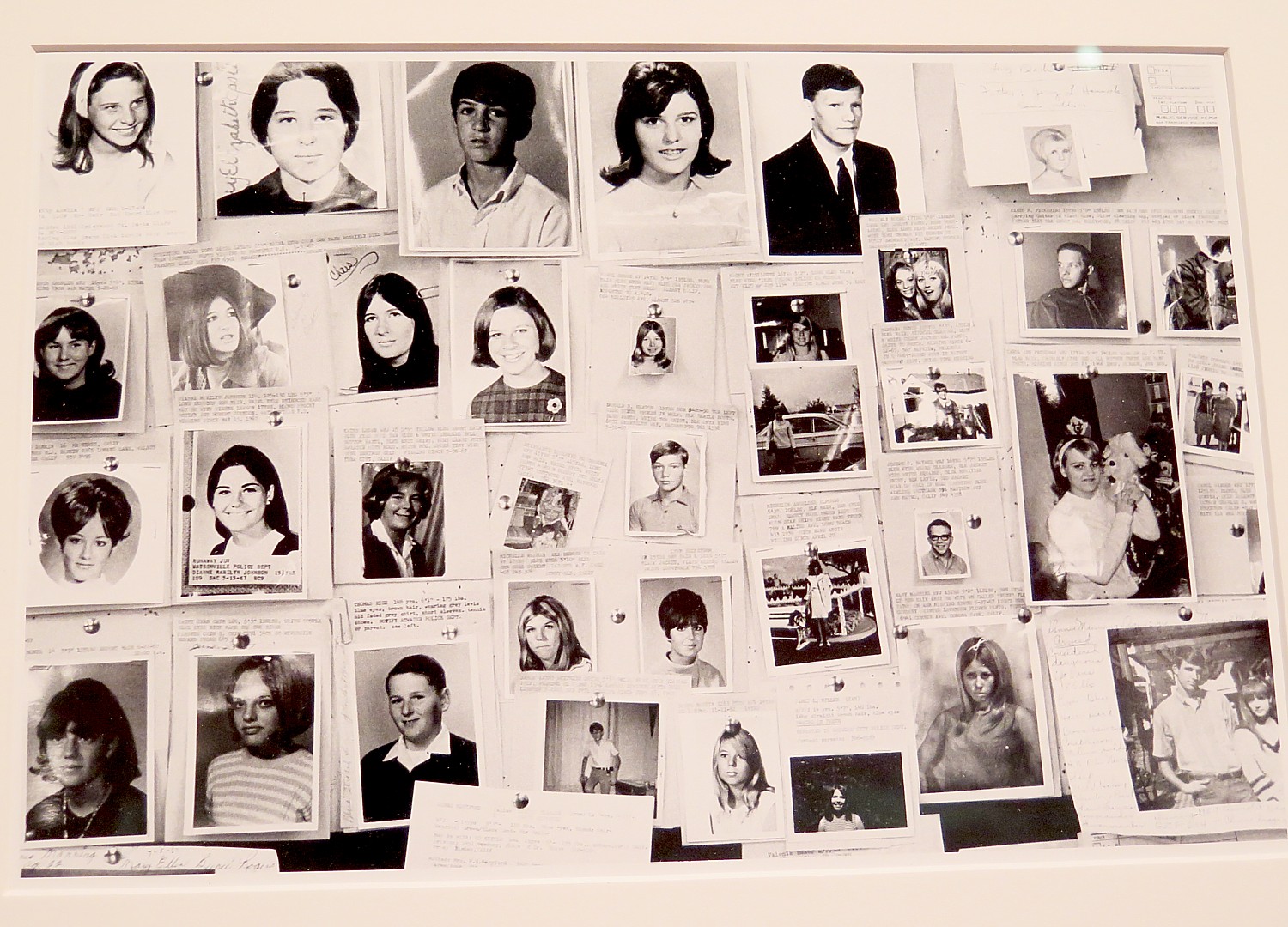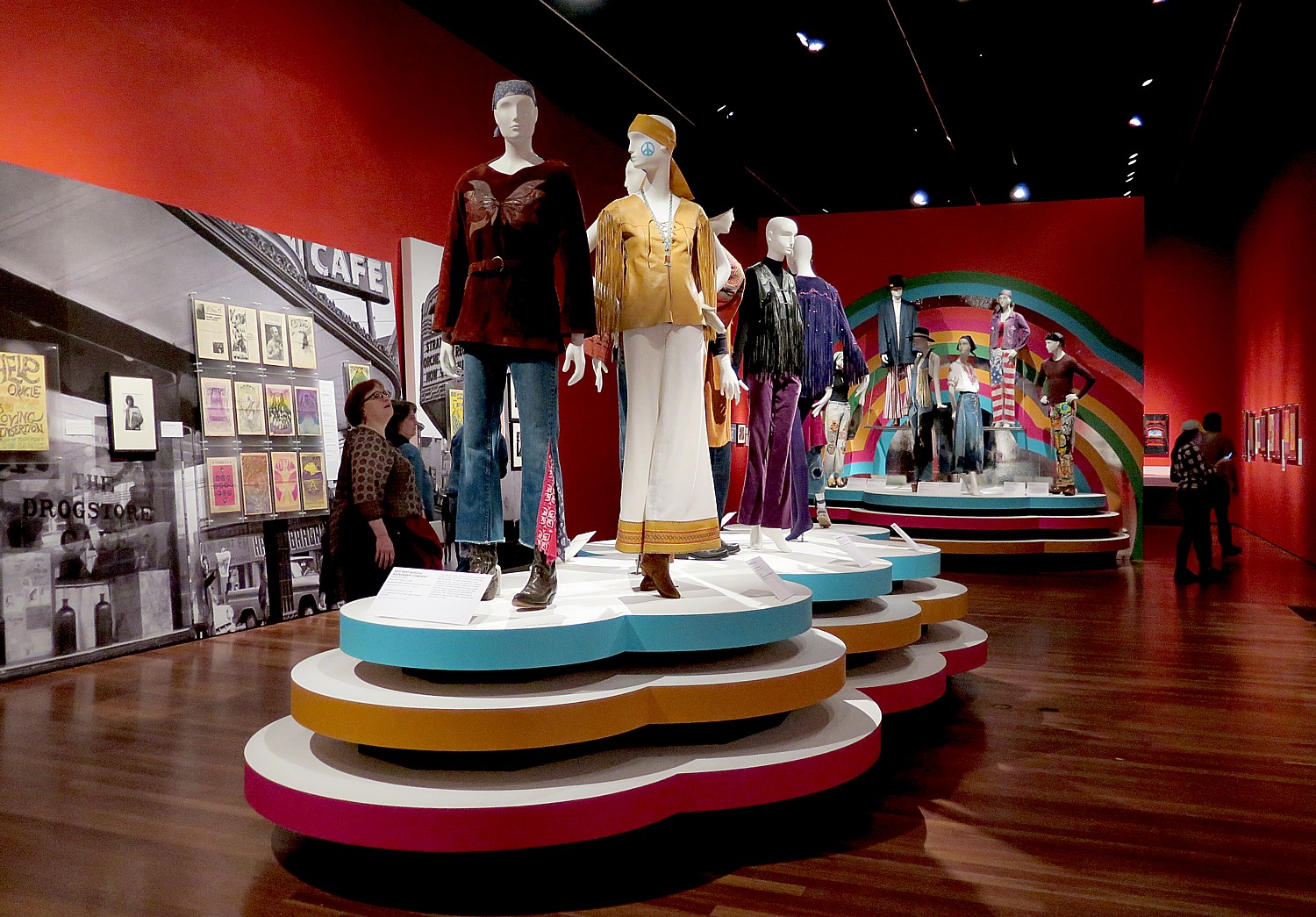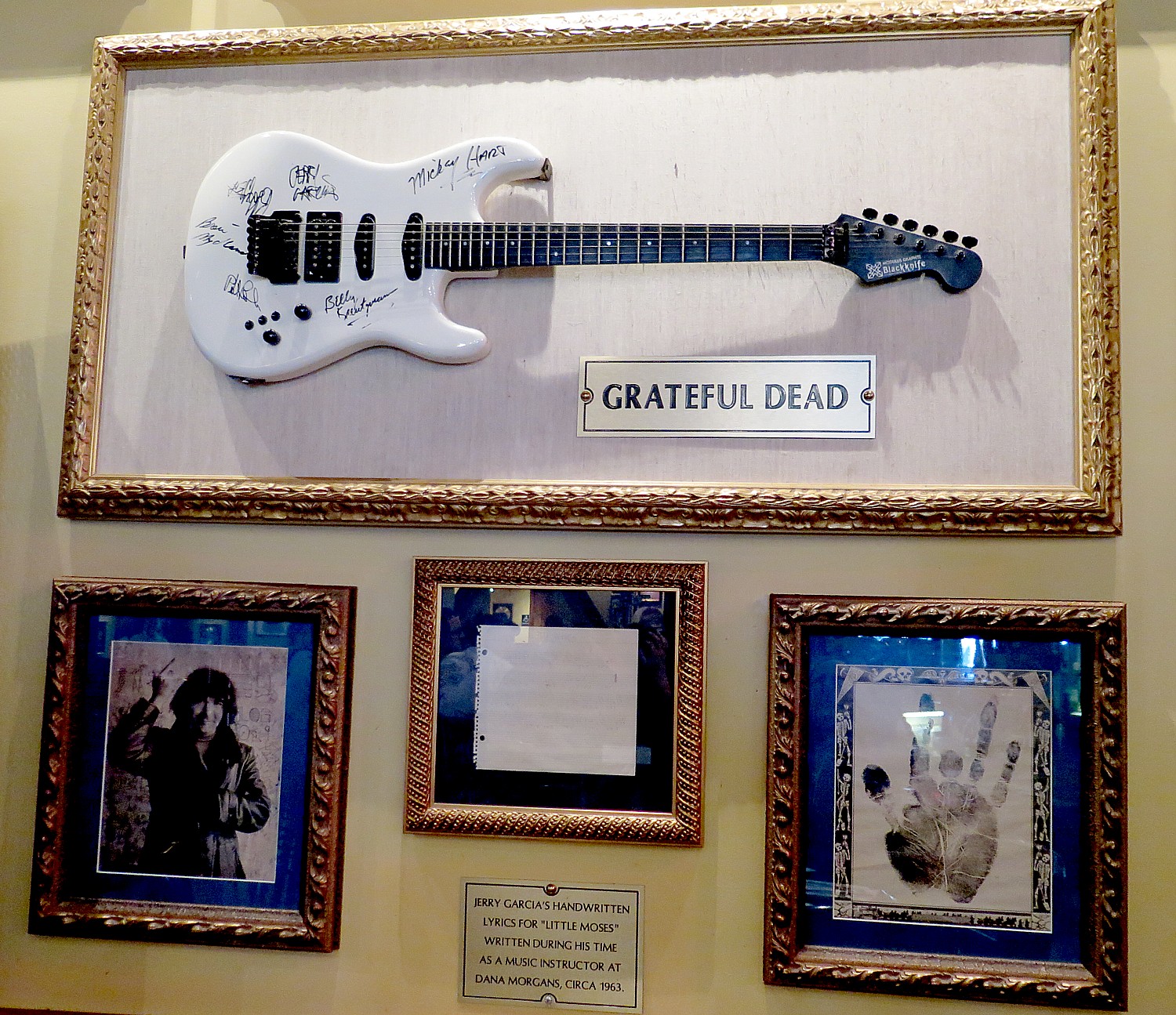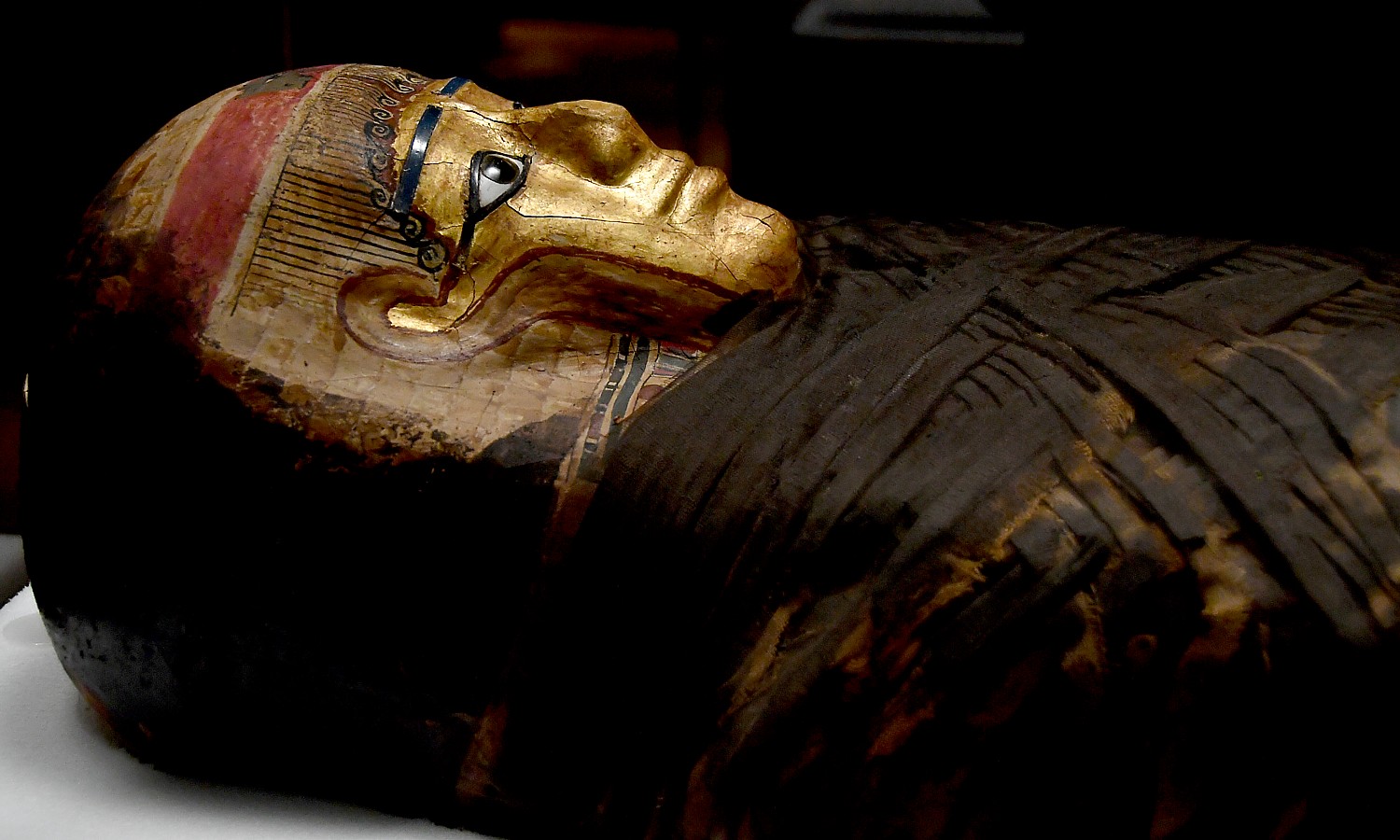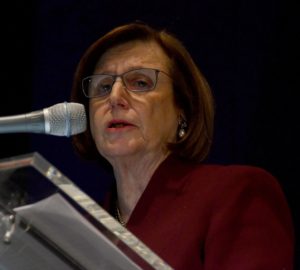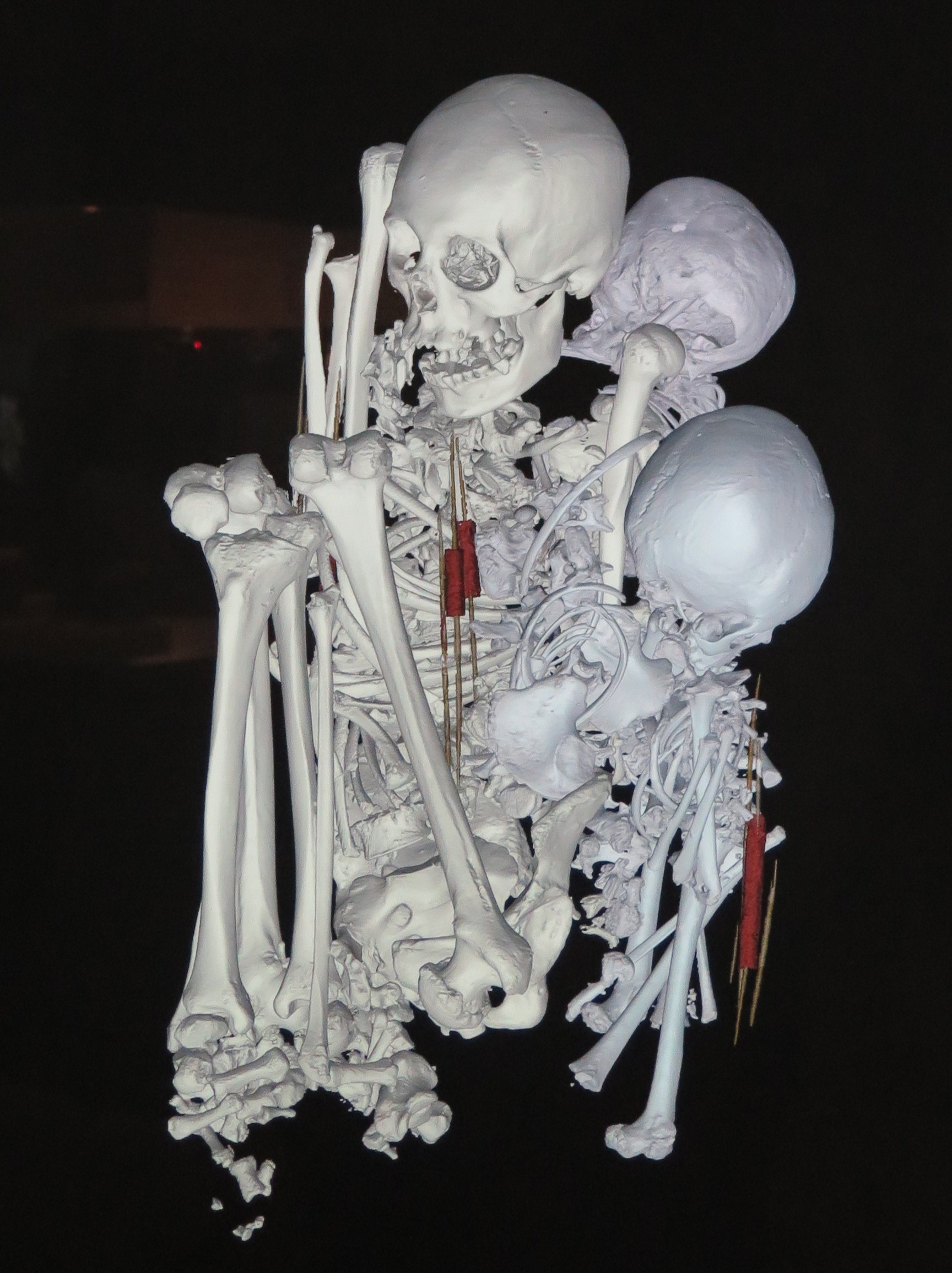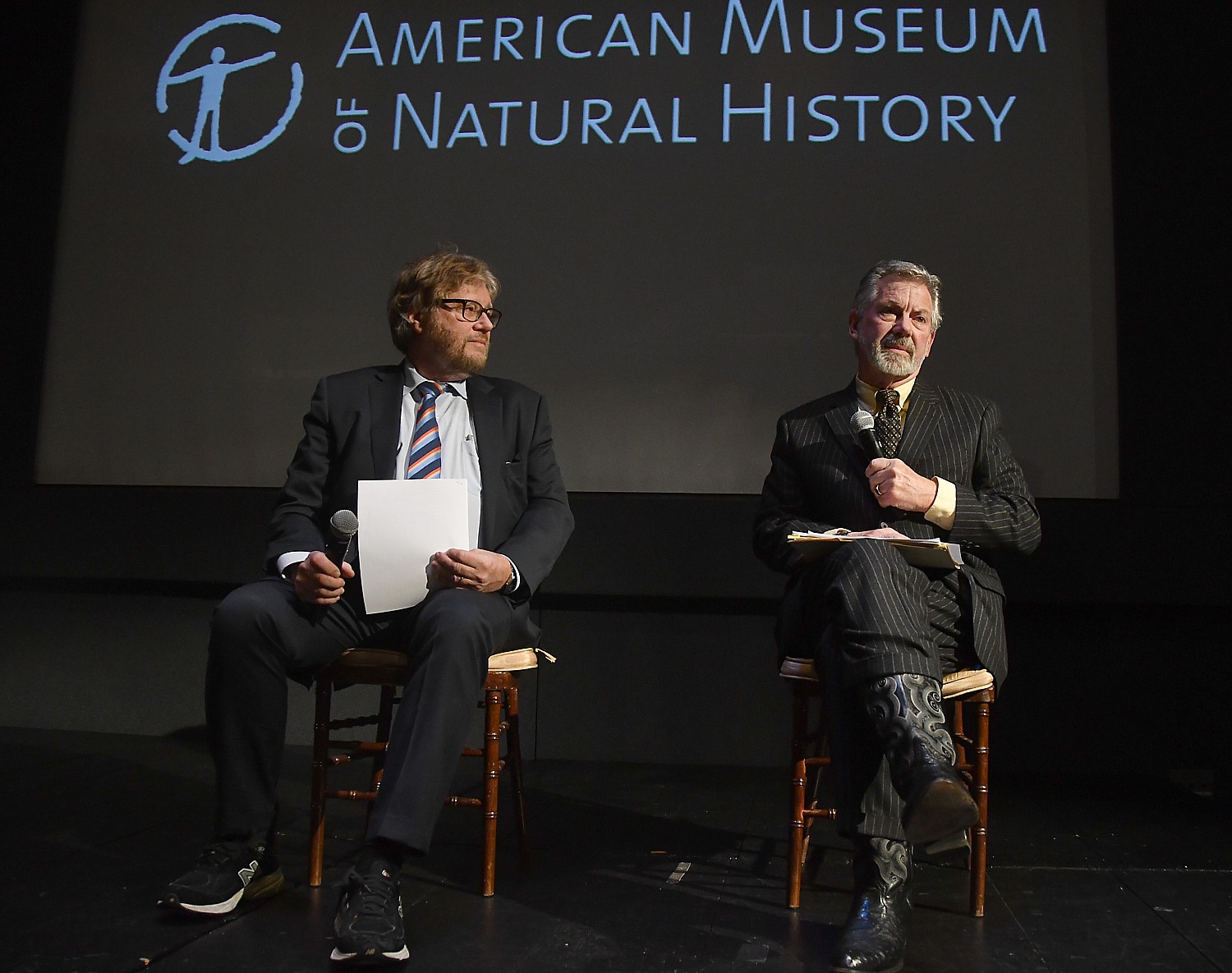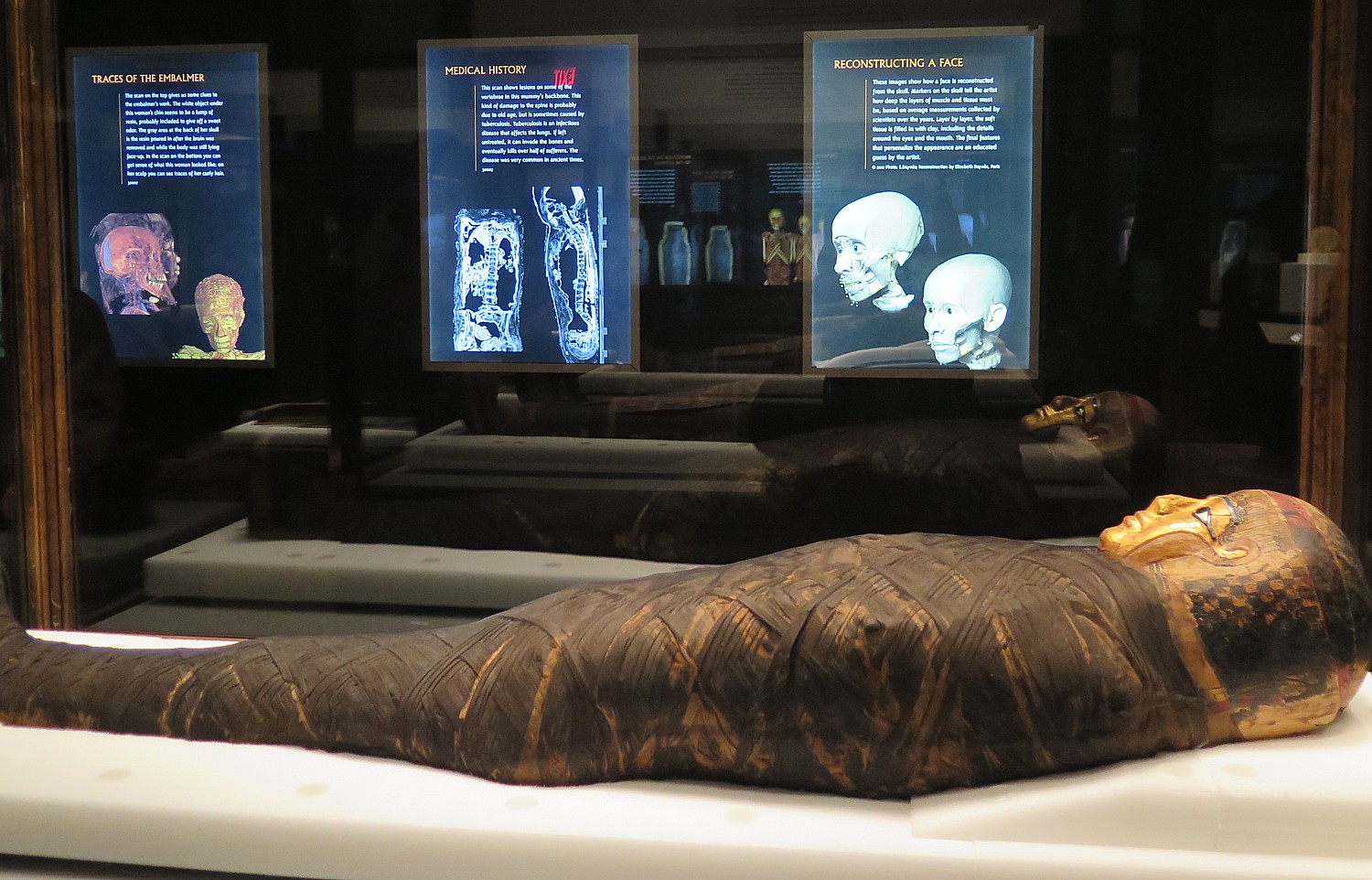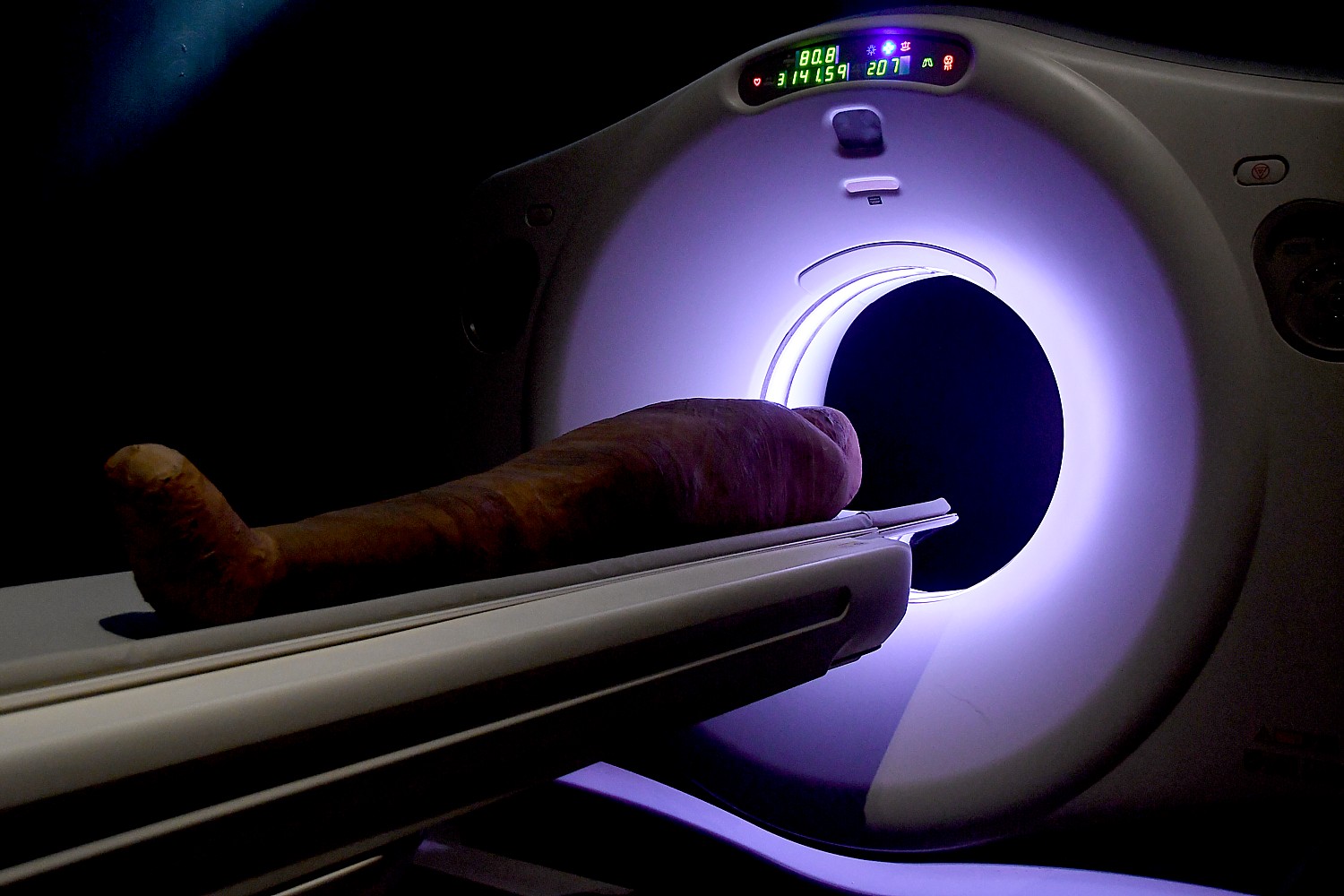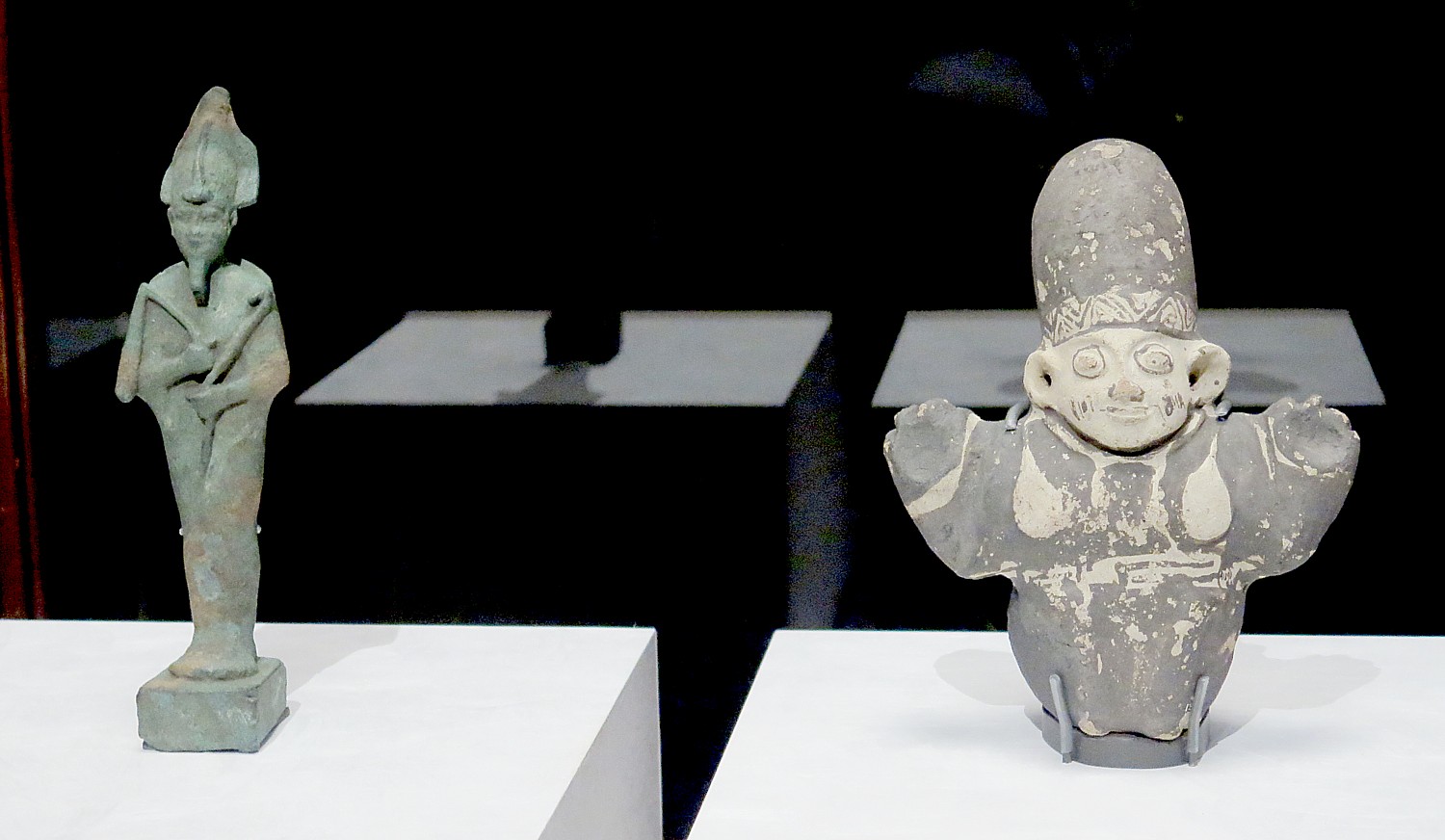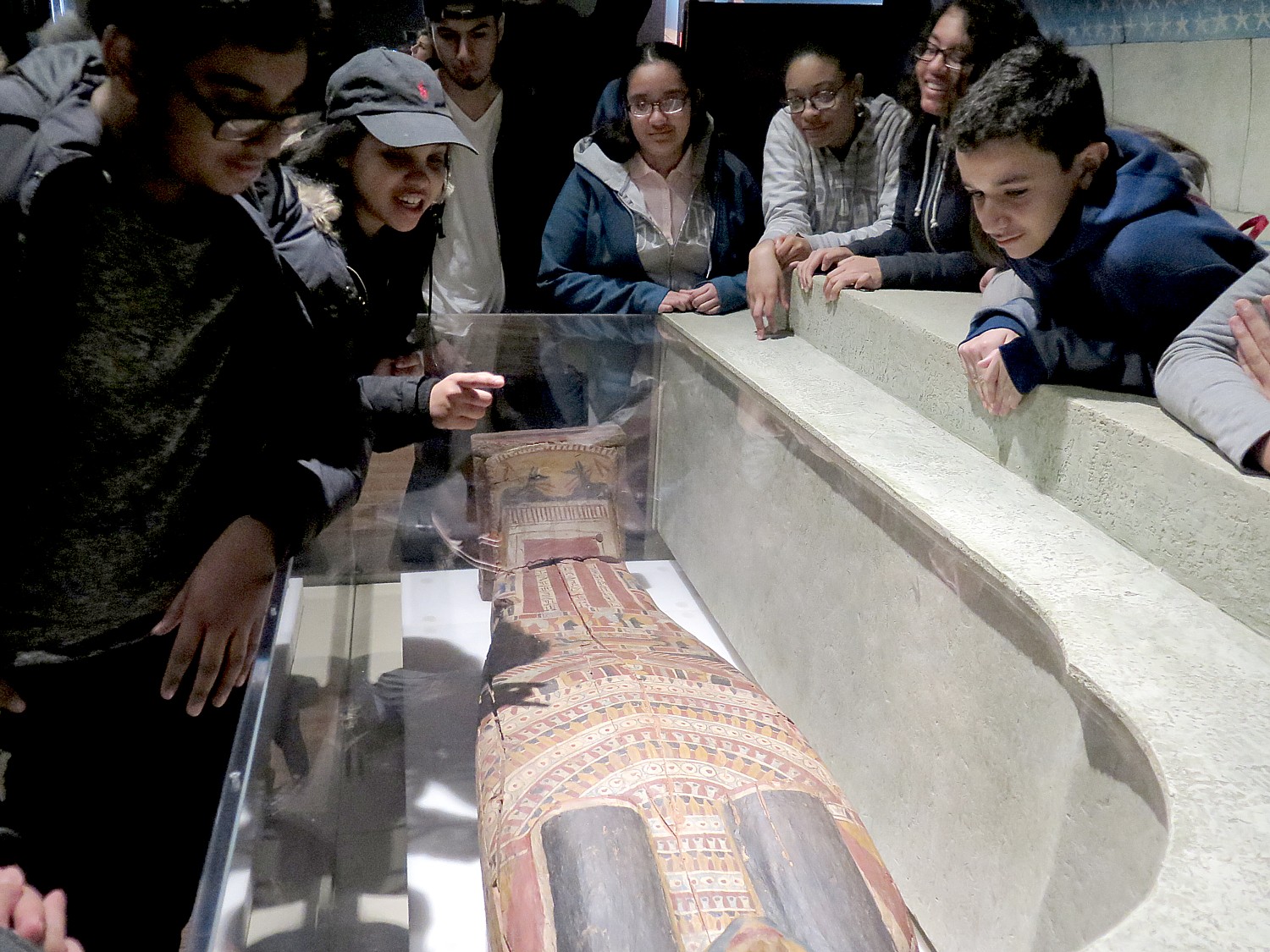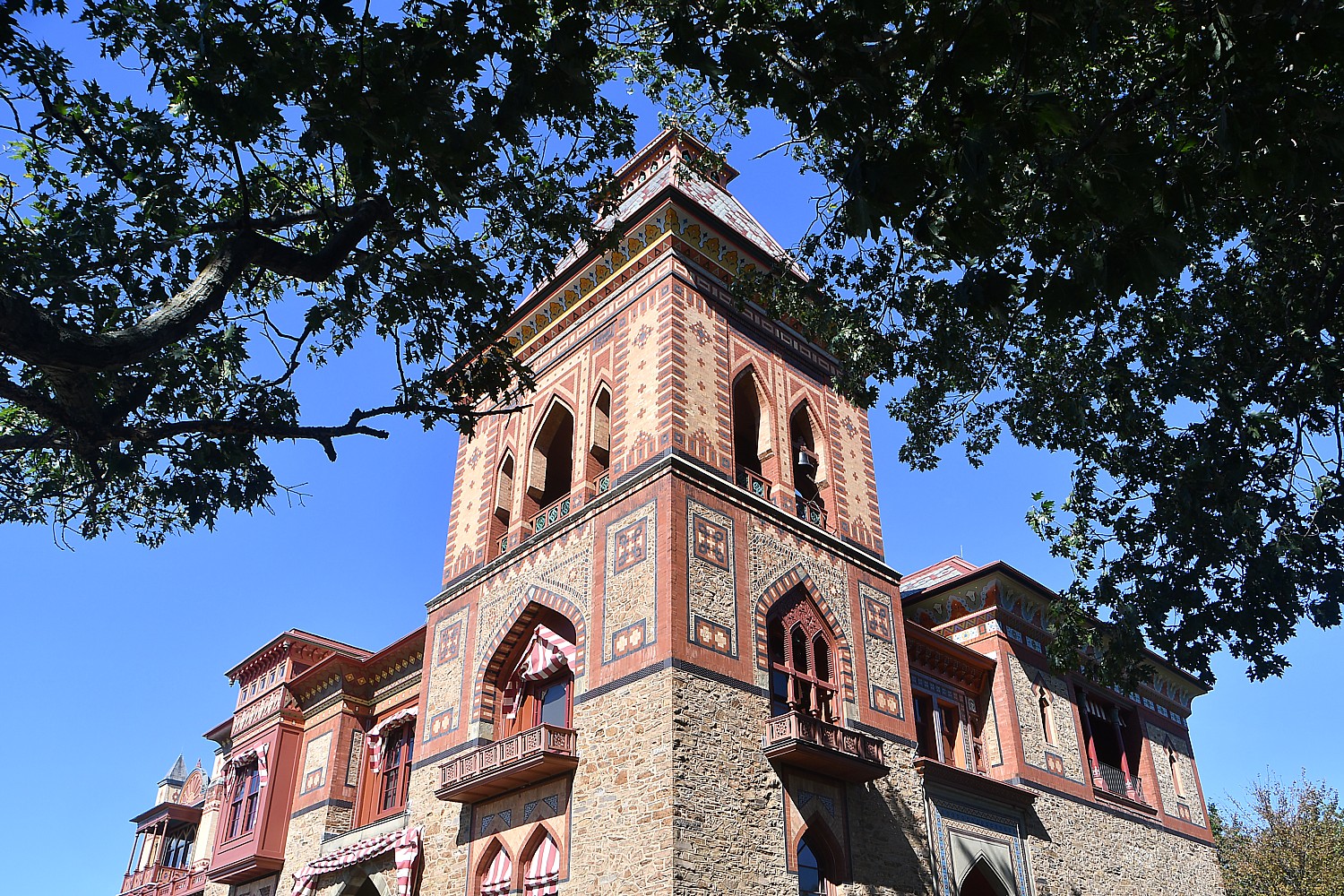
By Karen Rubin, Travel Features Syndicate, goingplacesfarandnear.com
Just over the Rip Van Winkle Bridge from the Thomas Cole National Historic Site (#1 on the Hudson River School Art Trail), you see this grand mansion perched on the hillside, poking out from the trees. It is just a short ride off Rte 9G on eastern shore of the Hudson River to get to the long drive up to the mansion and farm, Olana, built by the Hudson River School artist Frederick Edwin Church.
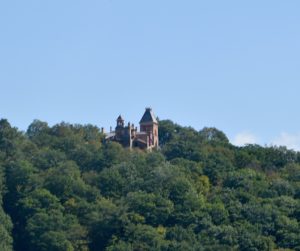
Spanning 250 acres, Olana is one of the most intact artist-created landscapes in America, and “the most intact artist residence of its age in the world,” our guide explains. In fact, it is the artist’s last major work. Church designed, even decorated, every aspect of the house and landscape – digging out a 10-acre lake, planting some 50,000 trees. And today, virtually all the furnishings (95% we are told) are original to the house, even in the same places as when the Church family occupied the house, up until the 1960s.
Literally saved from a wrecking ball, the Olana State Historic Site is now one of New York’s premier historical attractions (HRSAT Site #2), drawing 20,000 visitors a year. You can only visit the house on a guided tour and they only take up to 12 per tour, so tours frequently sell out by 1 pm (advance reservations are recommended).
As I approach Olana, a sign on the road introduces me to a new word, and a new concept – “viewshed.” The word intentionally evokes “watershed” – a protected resource area. Here, Olana, chosen and designed by the artist Church for the views, successfully established a “viewshed” maintaining that this is a national cultural resource worthy of protection and preservation.
The notion of preservation versus progress is the very essence of Church and his Olana, taking up the key theme from Thomas Cole, his teacher and mentor.

Church’s background is very different from Cole’s. While Cole, renowned as the father of the Hudson River School art movement, America’s first, was an immigrant from England, Church was born in Hartford, Connecticut in 1826 to a well-to-do family (his father, Joseph Church, owned several businesses including a silversmith and became a director of Aetna Life Insurance Company). Whereas Cole had little art training, Church’s father arranged for him to study with Cole for two years, 1844-46, when Church was 18 years old. Church then went to New York City to set up a studio. He became the youngest Associate of the American Academy of Design, in 1850, and within a few years, became one of the most successful artists of his generation – a veritable rock star.
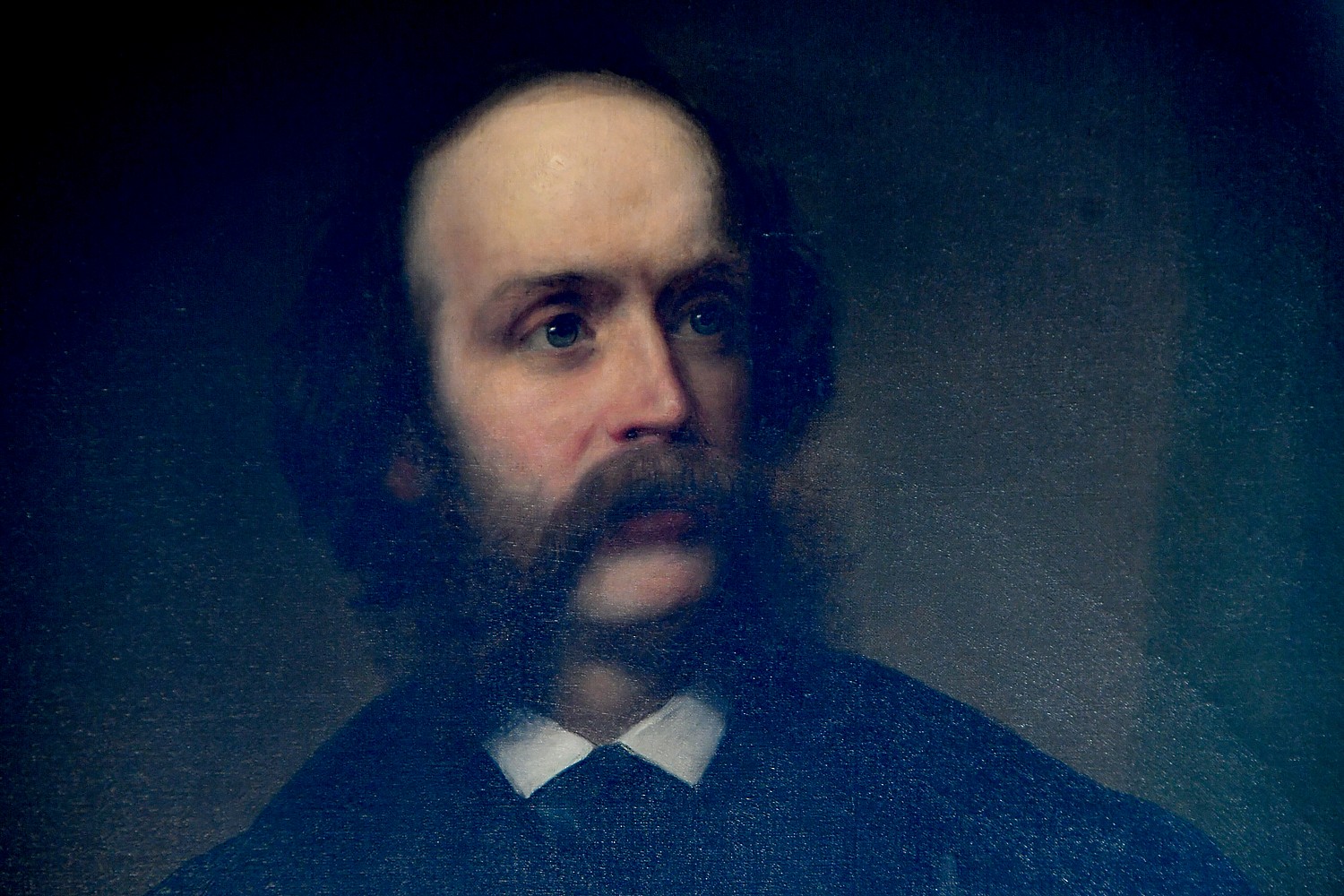
And whereas Cole, the immigrant, was enthralled by the wildness of the American landscape, Church fell under the spell of naturalist Alexander von Humboldt, who encouraged artists to travel the world. Church traveled to the Middle East, South America, Europe (one of his children was born in Rome), Labrador and Greenland. He brought these images and ideas back to the Hudson River Valley where he would build Olana, and his worldliness and world-view filled his canvases.
Ultimately, Olana became his canvas.
Over the last 40 years of his life, from 1860-1899, he designed and fashioned Olana into a three-dimensional work of art that includes the magnificent Persian-inspired home with its various collections, set within a 250-acre landscape, meticulously designed for iconic views of the Hudson River Valley.
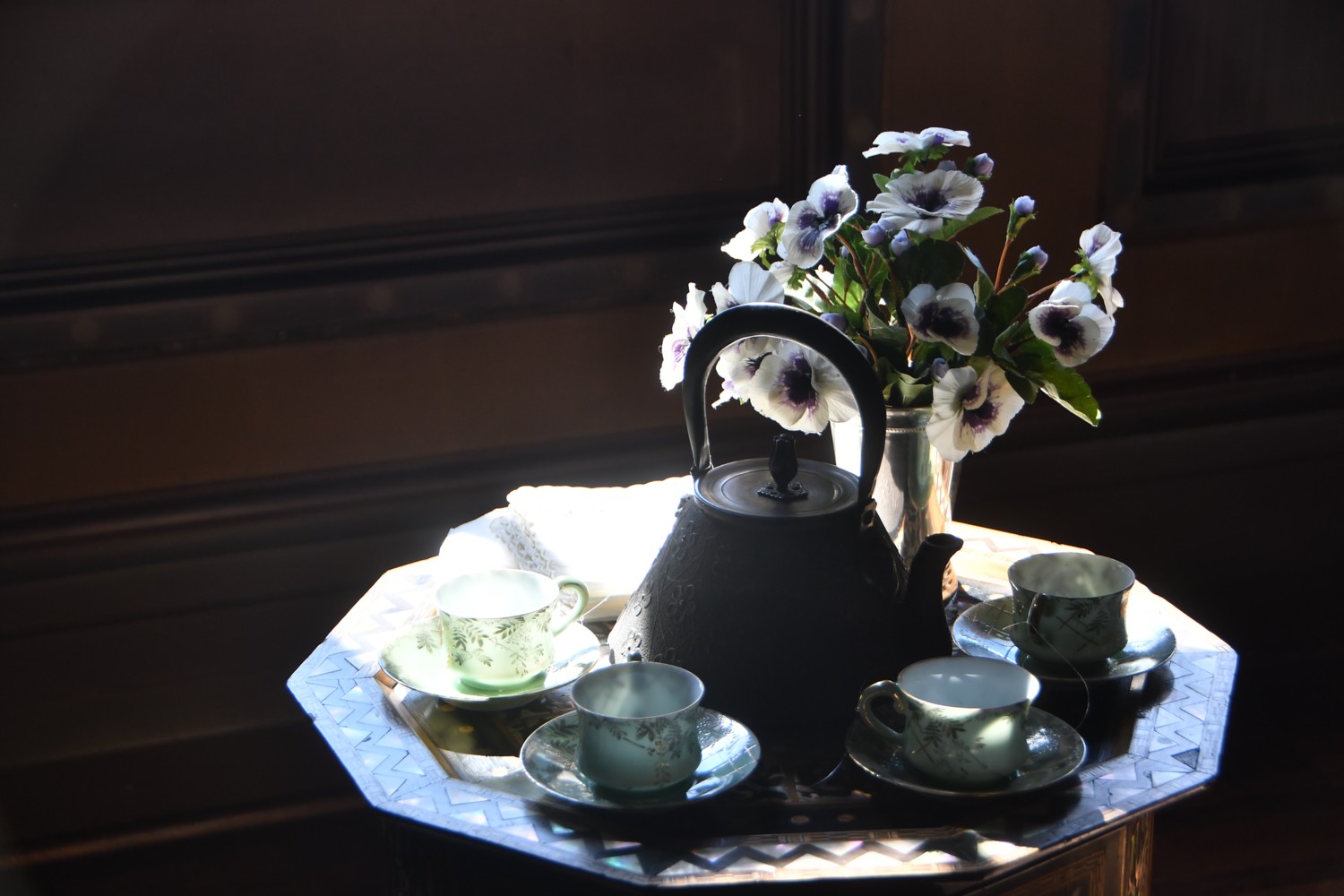
What is most remarkable about Olana is that the home and grounds never left the family – the furnishings, the art, even the books, are all Church’s possessions, and we see them laid out in the deliberate living canvas that Church intended.
After Church died, in 1899, his son, Louis, occupied the house, and when Louis’ widow died, in 1964, the house and estate were saved from being sold off by virtue of a public-private collaboration between New York State Parks and a private nonprofit, Olana Partnership (similar to the collaboration between the Central Park Conservancy and New York City’s parks department). Olana opened to the public as a museum in 1966.
This is most fitting, since Church served as commissioner of Central Park (he was a distant cousin of landscape designer Frederick Law Olmstead). He also was a founding trustee of the Metropolitan Museum of Art. (Church was responsible for locating Cleopatra’s needle, the obelisk, behind the museum.)
And Church, who achieved national and international prominence with his seven-foot wide painting, “Niagara” (1857), was credited with creating the Niagara Reserve – New York’s first state park and one of the first in the nation, a precursor to the national parks movement.
The Olana grounds include five miles of carriage trails, managed by New York State Parks, and are open to the public at no charge.

The Olana Partnership has worked to restore Olana as well as the landscape. The physical landscape, in Church’s planning and today, is as much art as the landscape painting on canvas. As you walk the trails, the images are framed – markers here as along the other sites of the Hudson River School Art Trail, compare the scene today to paintings. And since my last visit, the view from the mansion to the Hudson River and Catskills beyond has been opened up.
Indeed, as I arrive at Olana, there a group of artists, in the area on a week-long workshop, are painting the scene.
Church’s Worldly View
While Thomas Cole was an immigrant from England who glorified America’s landscapes in a way that had not been done before, Frederic Edwin Church was one its most traveled among the Hudson River School artists, and he brought these images and this worldliness into his canvases.

Church finished his two-year study with Cole in1846 but Cole died soon after, in 1848. Church seems to have always maintained a connection with Cole – returning to the Hudson Valley to build his home close to Cole’s Cedar Grove, traveling with Cole’s biographer to Labrador. He found ways to help the Cole family – helping sell Cole’s paintings (he owned several himself, some of which are on view at Olana) and hired Cole’s son Theodore as Olana’s farm manager.
When Church was in his 20s, he became enamored with the renowned naturalist and explorer Alexander von Humboldt who encouraged artists to travel and paint equatorial South America. In 1853, Church made the first of two expeditions following in Humboldt’s footsteps, chiefly in Colombia; the second, in 1857, to Ecuador.

The paintings he produced from these trips made him one of the best known and most successful painters of his generation.
The New York exhibition of his ten-foot canvas, The Heart of the Andes, in 1859, “was the most popular display of a single artwork in the Civil War era, attracting 12,000 people who paid admission in three weeks to its New York premiere alone, then traveling to Britain and seven other American cities on a tour lasting two years.”
The painting sold for $10,000 to collector William Blodget, at the time, the highest price ever paid for an American painting,” says Olana curator Evelyn Trebilcock. We get to see Church’s final study for “Heart of the Andes”.

Church set out again to travel to exotic places and intrigued by literature of Arctic exploration, in 1859, he hired a boat to take him to the north Atlantic between Labrador and Greenland to sketch icebergs, joined by Louis Legrand Noble Thomas Cole’s biographer. At the beginning of the Civil War, in 1861, Church exhibited Icebergs: The North, another grand canvas, which also was a blockbuster hit.
With his career on the rise in 1860, Church’s married Isabel Carnes and came back to the Hudson River Valley, where he had studied painting with Thomas Cole, and bought a farm overlooking the Hudson River on the opposite shore from Cole’s house.
Touring Olana: ‘Thou Art Welcome”
You walk in through the threshold to Olana under an inscription in Arabic, “Thou Art Welcome.”
Most remarkable: all the land and the contents of the grand home are intact, because they had always been within the Church family, and everything you see was meticulous conceived and planned by Church.
That’s what makes the experience of being here all the more profound – there is an immediate connection to the man and creative process of this great artist, who until now, I had only appreciated through his canvases on view in art museums.
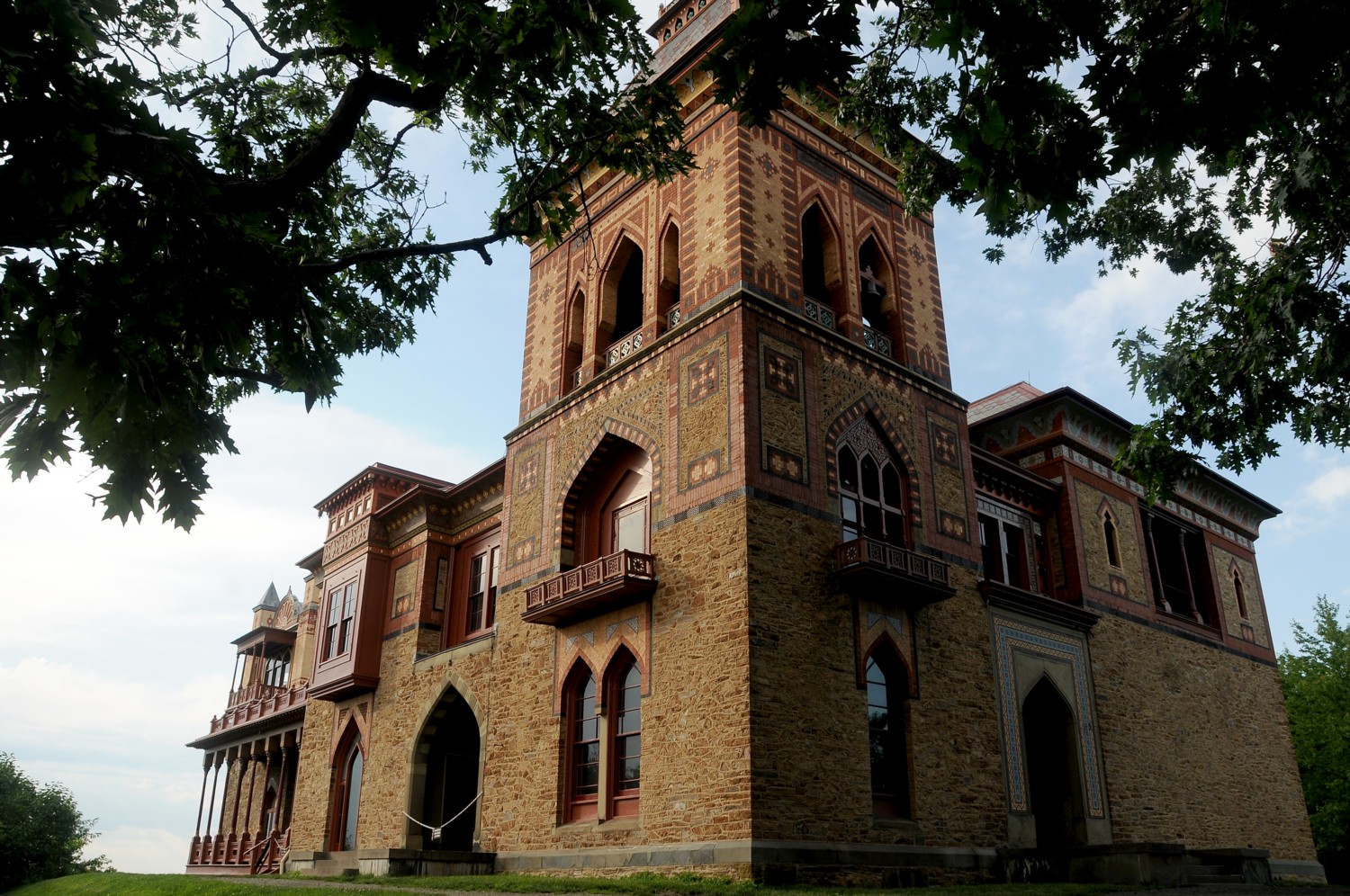
Olana is every inch Church’s creation. Church traveled the world (he is a worldly person in his reading and outlook) and went to Mideast, and when came back, wanted to create a “fantasy”. He actually never went to Persia but thought the Persian style could be fanciful. But he didn’t just fabricate the designs out of his imagination, he studied Persian art and architecture. He never visited the Alhambra, but bought photos in order to incorporate the Moorish design elements. He experimented with colors and patterns.
“The desire to build attacks a man like a fever,” Church wrote.
He built the house in two years (for about $90,000, or about $2.5 million today, fairly reasonable), and spent the next four years meticulously decorating it.
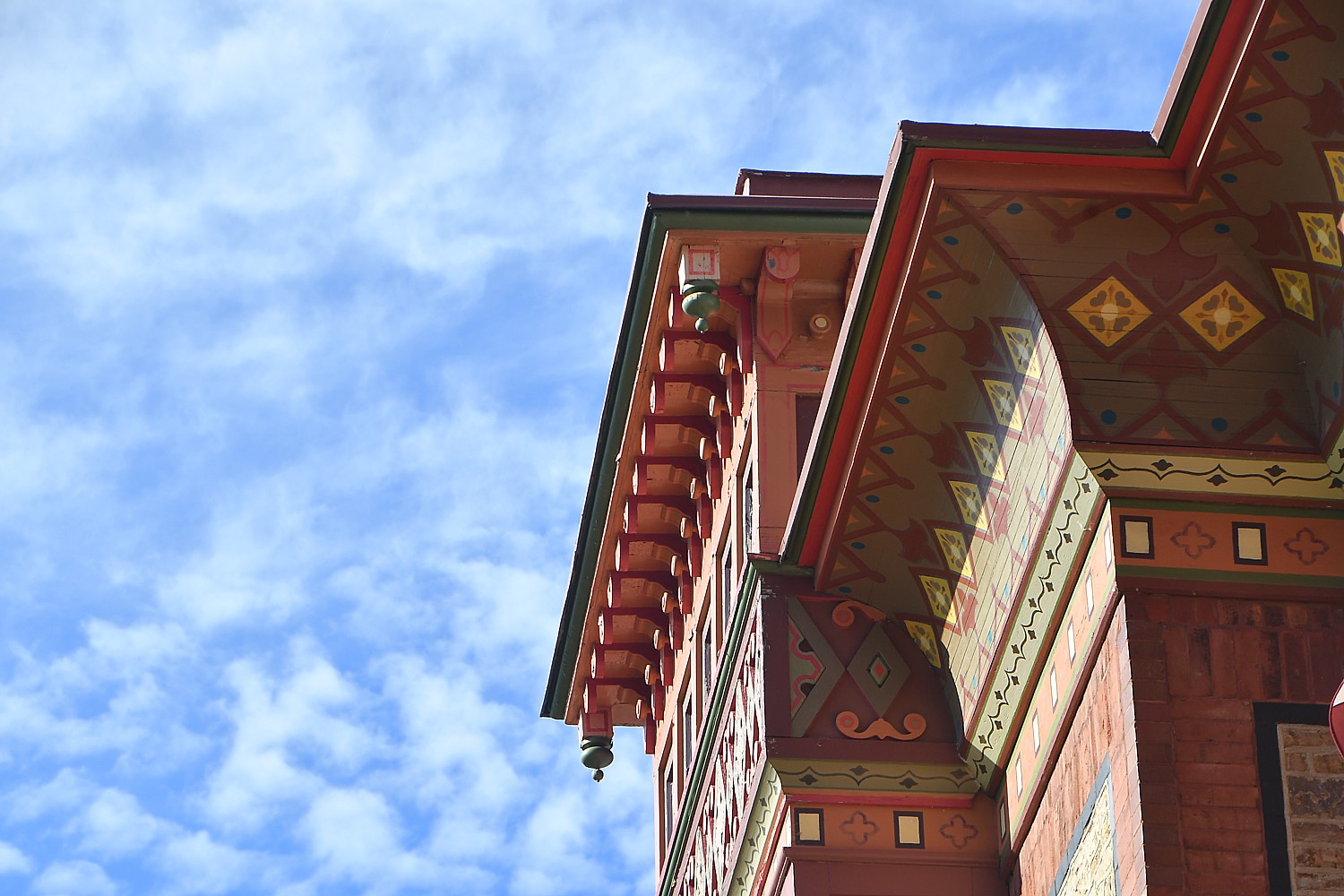
Church experimented with different designs; he mixed the colors; he based his patterns on a book of Persian architecture; the stencil designs on the door – in gold and silver paint – have a shimmering effect. The gilded patterns we see on the grand doors – Les Arts Aribe – are from original stencils.
“He meticulously arranged every room, choosing exotic items for their emotional effect, each room a composition. It took him four years to complete decoration.”
I ask whether Church produced much art during this time, and the guide explains that by 1876, when Church was 50 years old, landscape painting had fallen out of fashion and his career was on the wane, Church came down with crippling rheumatism. Home and family became more important and Olana became his primary canvas.
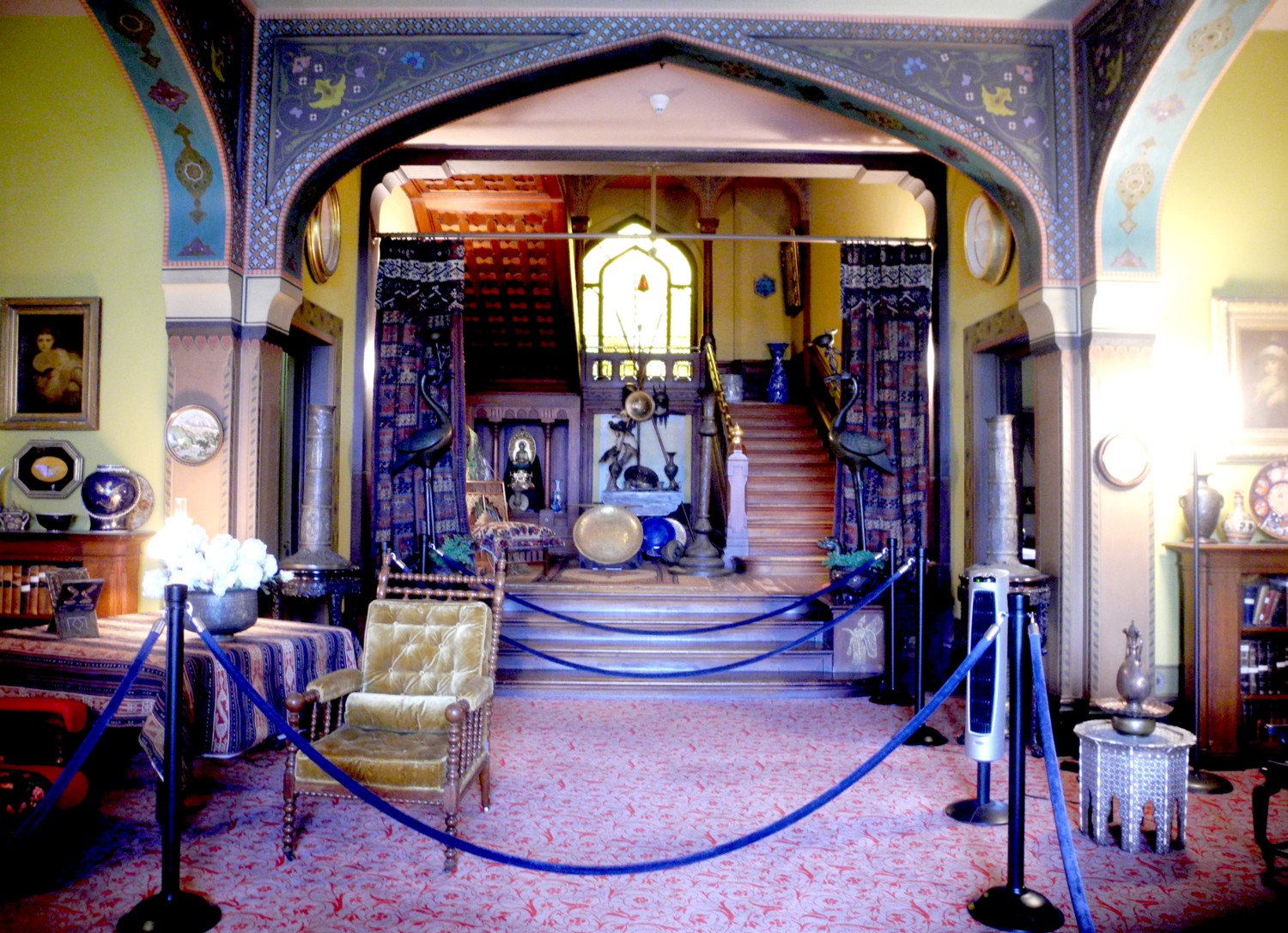
Most important to Church were the views. He oriented the house and the windows southwest to best capture the view.
“Our home will be a curiosity in architecture, but the view from every window will be fabulous,” Church said.
The paintings we see that decorate the rooms are Church’s own collections – his own paintings as well as painters he admired, including Thomas Cole.
There is also Church’s painting of “Petra,” 1868, with its unusual perspective (even for Church) – a vertical image of the temple, carved into rock cliff , as you come to it through a rock cleft, like a photograph.
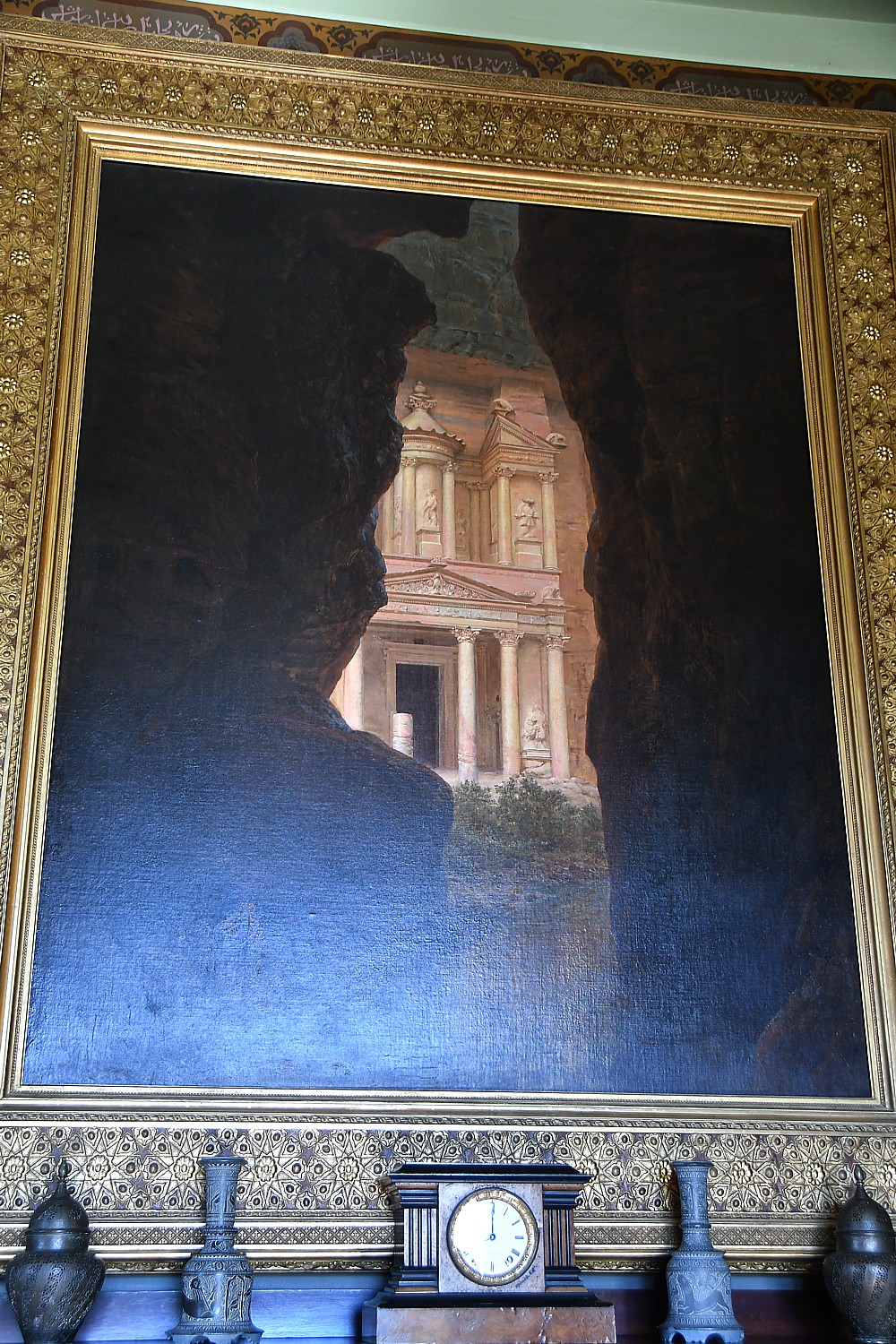
The last time I visited, I was able to see Church’s library, and what he was interested in, what informed him (almost like reading a journal, it is so telling about values, perspective, world-view, what informed him). He was interested in natural science, novels, religion (Presbyterian), “Women of the Arabs”, “Popular History of the Mexican People” “Natural Law & Spiritual World.” He owned a copy of Darwin’s “Origin of the Species.” He was friends with Mark Twain, who also lived in Hartford, where Church was born.
In 1888, at 61 years old, Church devoted himself to expanding house and building a new studio within the house. He closed the New York City studio he had rented for 30 years.
Today, his studio seems just as he left it, with various items of folk art and pre-Colombian artifacts Church collected on his travels.
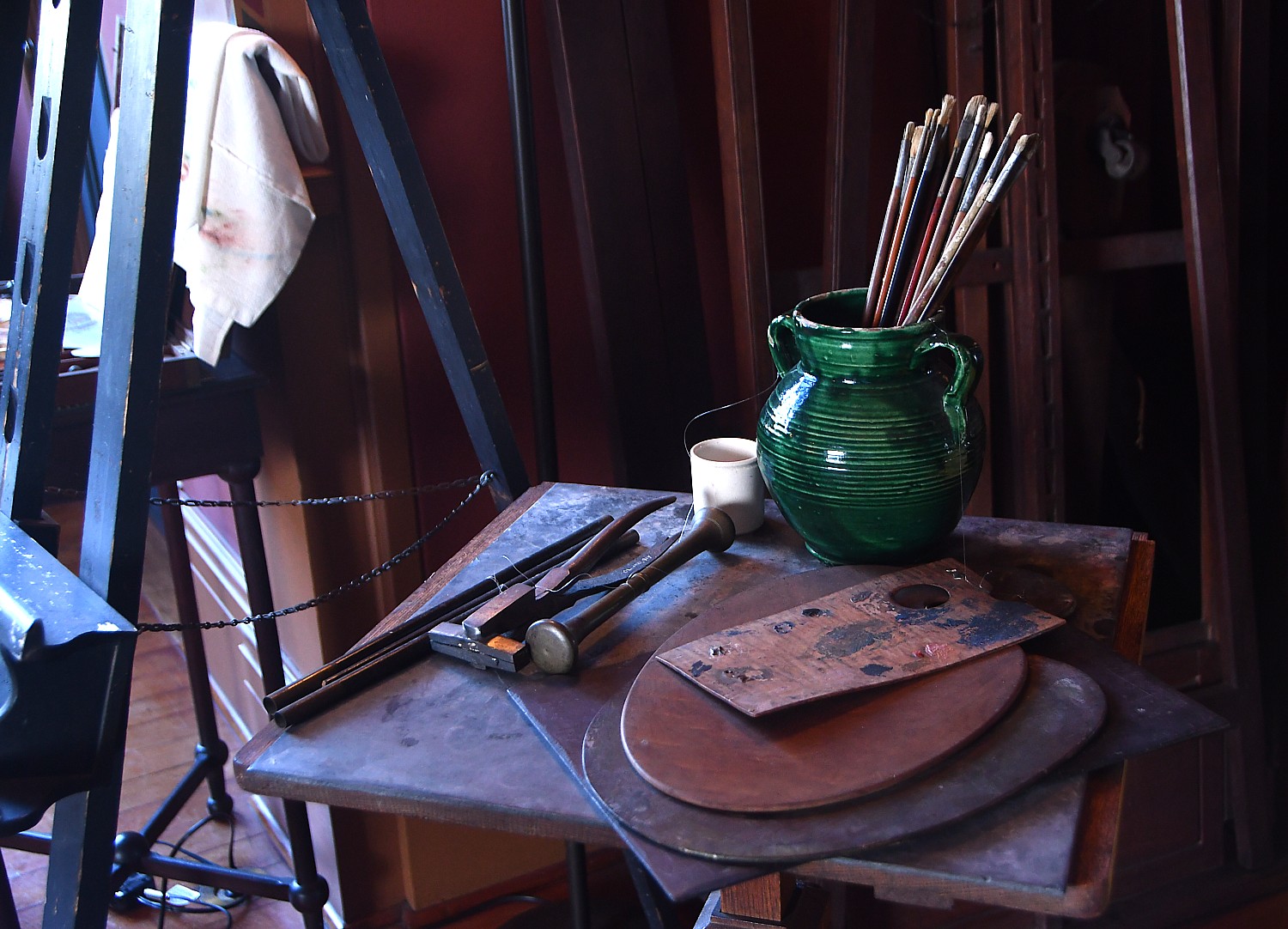
On the wall, “Christian on the Border of the Shadow of Death,” a dark, early painting, reminiscent of Cole. Here in the house, we can see the transition of his style, from largely emulating Cole to developing his own style and perspective.
“Church was a smart marketer of his art – people paid a fee to see just one painting. Lithographs of his work were successful,” says Olana curator Evelyn Trebilcock. “When Church studied with Cole, he painted in Cole’s style, incorporating Christian message, but Church realizes it is not commercial -not saleable- so he instead shows God in beautiful sunsets.”
We go up back stairs that would have been used by the servants – to the second floor family rooms, which were opened to the public in 2009.
Most impressive here are the tiles and the fireplace, produced by Ali Mohammed Isfahan which Church acquired in New York City (they know because they have the receipts).

In the dining room, set for a family meal, the walls are an art gallery – none of which are Church’s, but are the pieces he collected on his travels through Europe, artists he wanted to showcase and support.
There are also portraits of Church, his father, Joseph, who became a director of the Aetna Life Insurance Company and Church’s wife – all painted by other artists since Church never painted portraits. In my mind, it suggests the humility of the man.
Preserving Olana
After Church died, his art (along with the Hudson River School) fell out of favor.
In 1964 after Church’s daughter-in-law died, the fate of Olana was thrown into question. Then David Huntington, an art historian, got interested and reignited popularity in Church’s work.
Huntington organized a preservation group to buy Olana and got the heirs to agree to give the group two years to come up with the funds, $450,000, to buy Olana.
“The house was going to be dismantled – the items had already been tagged for auction at Sotheby’s,” Mark Prezorsky, landscape curator, says. “The Hudson School was out of style. You could buy a Cole at a garage sale.”
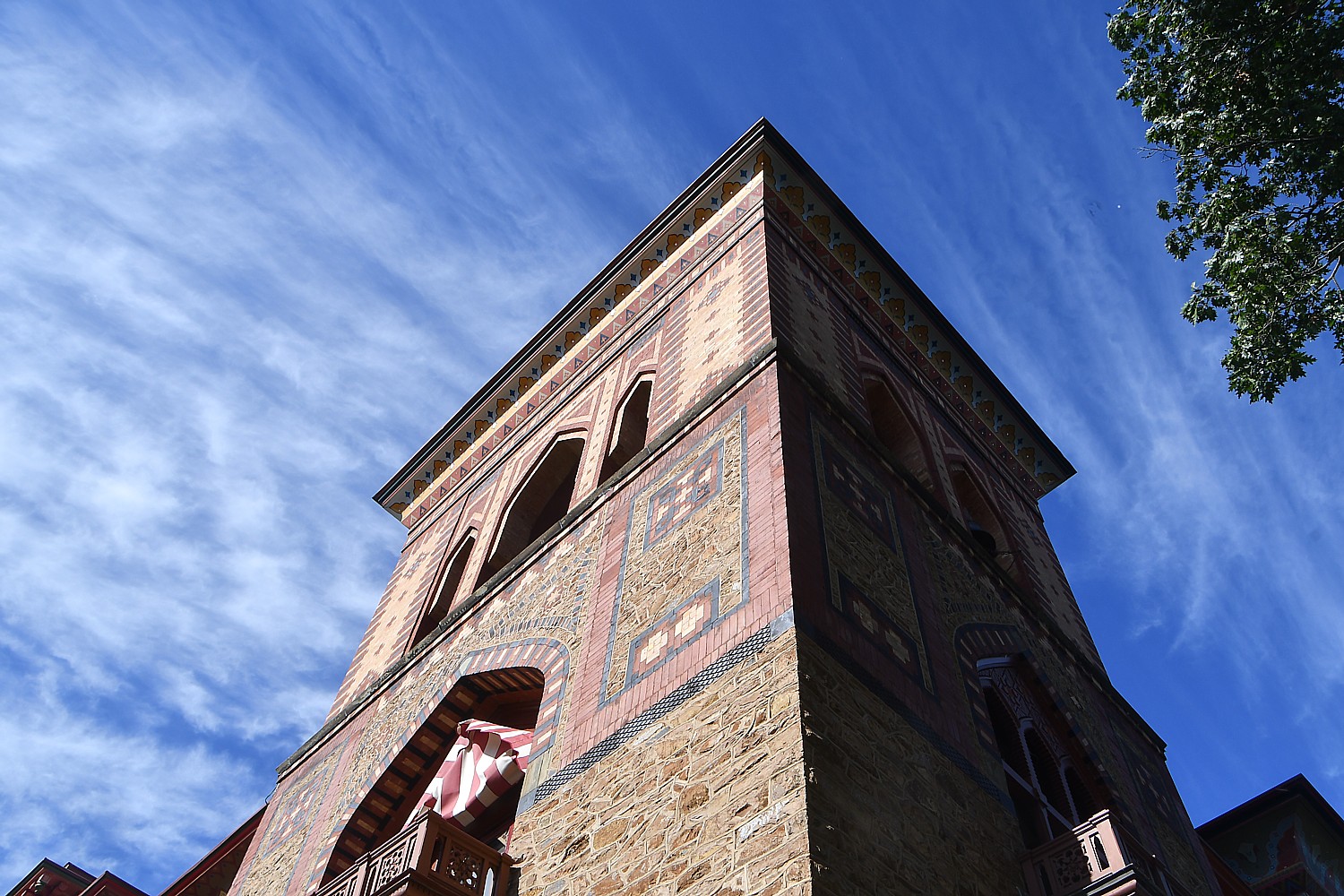
Indeed, the 1960s was not a good time for Victorian architecture – it was a time for sweeping away the “old” for the new, a period of anti-establishment frenzy. Cole’s home, Cedar Grove, for example, was put up for auction – all the possessions were sold off – and might have been knocked down altogether to make way for the Rip Van Winkle Bridge.
The Catskill Mountain House which dated from 1824 and figured in many of the Hudson River School paintings, he pointedly notes was burned down in 1963.
But Huntington, the art historian, “was able to see what Olana was.”
The preservation group got the heirs to agree to a two-year “stay of execution” so that they could raise the $430,000 purchase price – they made the deadline with 10 cents to spare. But now that they owned the house, the problem was affording to maintain it.

New York State in astonishing short order had Olana declared a state historic site – the resolution went through three readings in the Assembly and Senate in a single day and Governor Nelson Rockefeller flew by helicopter to Olana for the bill signing. The site is now owned and operated by the New York State Office of Parks, Recreation and Historic Preservation.
Olana is one of first anywhere to have a preserved “viewshed” (Monticello is another) – arguing the need to preserve the view helped defeat a plan to build a nuclear power plant on the Hudson.
“The farm is big part or Olana,” Prezorsky, the landscape curator, says. “The way we experience it is how move through it –the views open up….. He composed his home as artistic masterpiece in midst of nature. This is one of the few farms where art and farming intersect.”
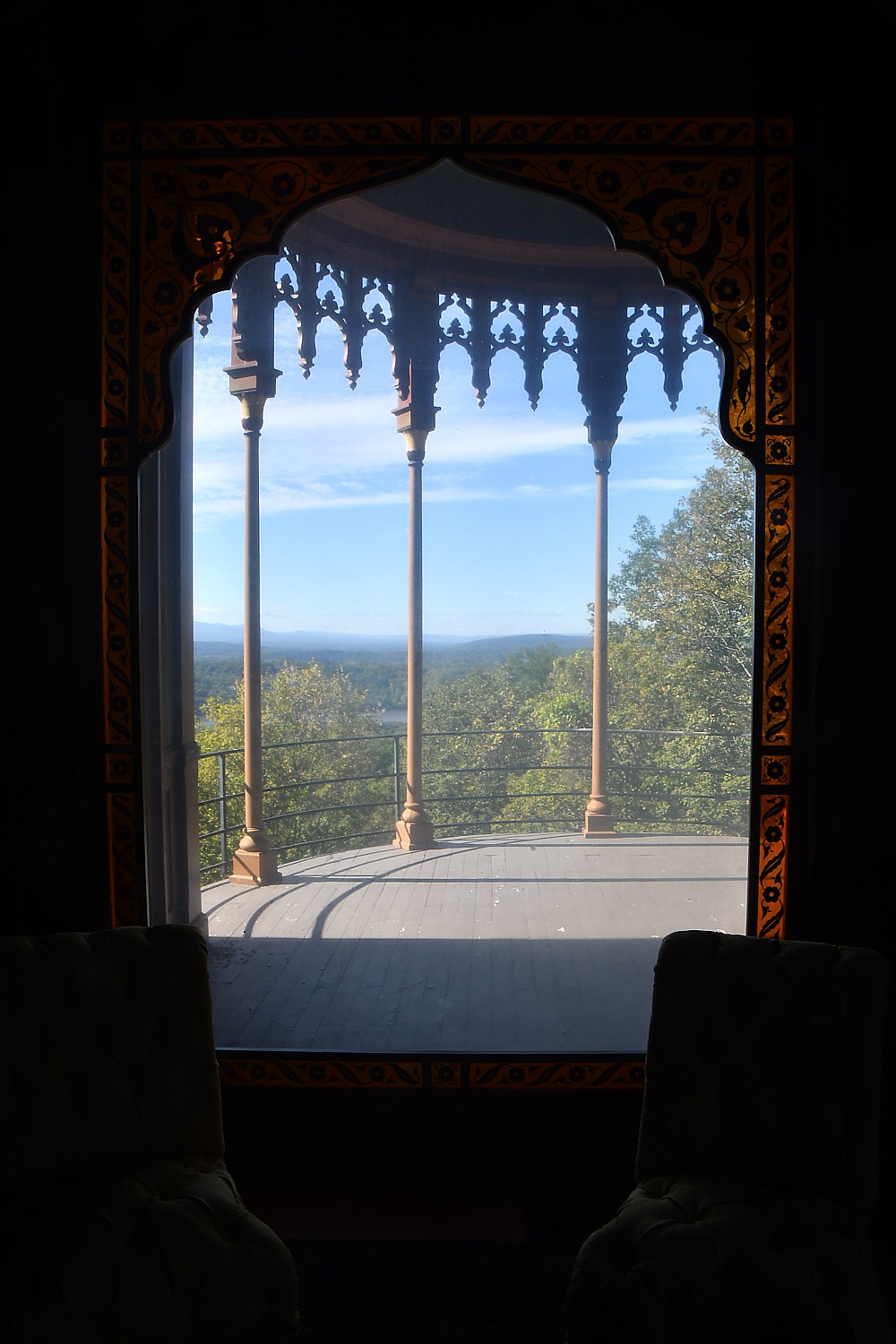
Church had a 10-acre lake hand-dug as part of the design “before machinery; he sold off “muck” for profit.” Church, he says, was a very practical man; he wanted the farm to be a sustainable enterprise. He planted some 50,000 trees.
Thanks largely to the preservation of Olana and the Thomas Cole House, the Hudson River School regained its place in American history and culture. Olana awakened a sense of pride in scenery and conservation.
Olana resuscitated an appreciation for Church’s art. In 1979, Frederick Church’s “The Icebergs”, discovered in a home for boys in Manchester, England, broke the record for an American painting, selling at auction for $2.5 million.
Olana offers house tours from April through October (closed Mondays), and on weekends November through March. Reservations are highly recommended; there is a car fee on weekends and holidays, and a fee for the house tour. Plan your visit and see a schedule of special events, at olana.org.
Olana State Historic Site, 5720 Route 9G, Hudson, NY 12534, 518-828-0135, olana.org.
The Hudson River School Art Trail, a project of the Thomas Cole National Historic Site, has 8 trail sites; during the course of my three-day getaway, I get to experience six of them. Get maps and directions for all the sites on the Hudson River School Art Trail site, www.hudsonriverschool.org.
A great place to stay: The Fairlawn Inn, a historic bed-and-breakfast, 7872 Main Street (Hwy 23A), Hunter, NY 12442, 518-263-5025, www.fairlawninn.com.
Further help planning a visit is available from Greene County Tourism, 700 Rte 23B, Leeds, NY 12451, 800-355-CATS, 518-943-3223, www.greatnortherncatskills.com and its fall hub http://www.greatnortherncatskills.com/catskills-fall-foliage
See also:
_______________________
© 2017 Travel Features Syndicate, a division of Workstyles, Inc. All rights reserved. Visit goingplacesfarandnear.com, www.huffingtonpost.com/author/karen-rubin , and travelwritersmagazine.com/TravelFeaturesSyndicate/. Blogging at goingplacesnearandfar.wordpress.com and moralcompasstravel.info. Send comments or questions to [email protected]. Tweet @TravelFeatures. ‘Like’ us at facebook.com/NewsPhotoFeatures

